Namibia flag South West Africa People’s Organization (SWAPO) was the major organization pushing seeking independence in what was then South West Africa, a de facto colony of neighboring South Africa, beginning in the 1960s. When South Africa finally decided to surrender sovereignty of the area under international pressure, a flag design competition for the future Republic of Namibia was organized. SWAPO’s election triumph in 1989 ensured that its own flag (a horizontal tricolor of blue, red, and green) would have sway when the decision was made.
The transitional government’s National Symbols Sub-Committee met throughout January 1990, working with the 835 suggestions received, and eventually selected a flag presented by South African State Herald Frederick Brownell. The blue-red-green SWAPO stripes were positioned diagonally in that design, with white fimbriations (thin borders) on each side of the red to show off the colors. In the top hoist corner, a golden 12-pointed sun was inserted to symbolise life and vitality. While no explicit color attributions were made at the time, red is today seen to represent the people’s courage and commitment to construct a future of equal opportunity. Green represents agricultural riches, blue represents the sky and the Atlantic Ocean, and white represents peace and harmony. The flag was approved by the Constituent Assembly on February 2, 1990, and it was first formally hoisted on March 21, that same year, on Independence Day.
THE NATIONAL FLAG:
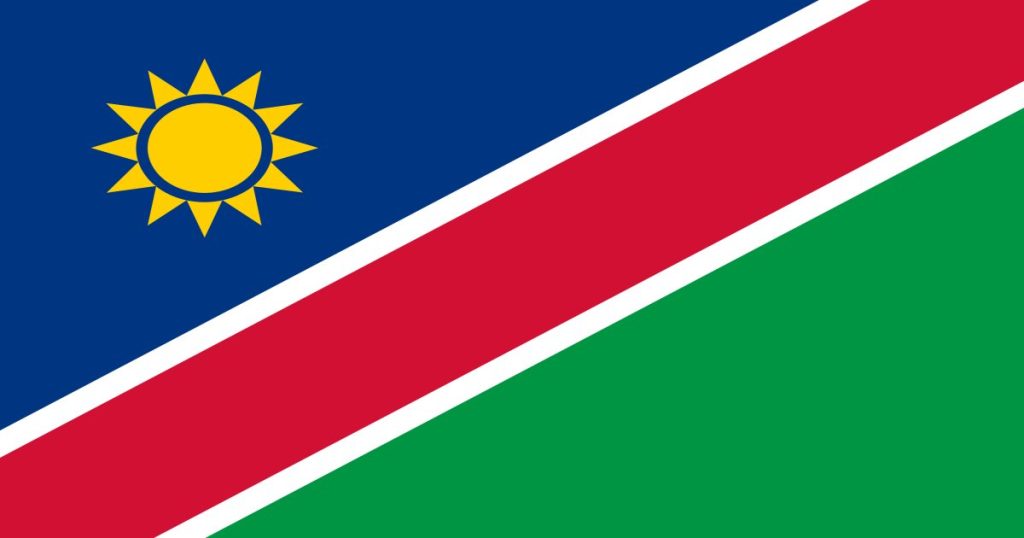
The Constituent Assembly overwhelmingly approved Namibia’s National Flag on February 2, 1990, as a symbol of the country’s battle for national unity. It represents peace, solidarity, and a shared love for Namibia. The National Flag depicts the country in every way:
The sun represents life and vitality. The golden color of the sun depicts the warmth and color of the Namib Desert plains.
The color blue represents the sky, the Atlantic Ocean, Namibia’s maritime resources, and the value of rain and water.
The color red symbolizes the Namibian people, their bravery, and their commitment to create a future of equal opportunity for everyone.
White symbolizes peace and harmony.
The color green represents the greenery and agricultural riches of the nation.
FLAG OF THE PRESIDENT:
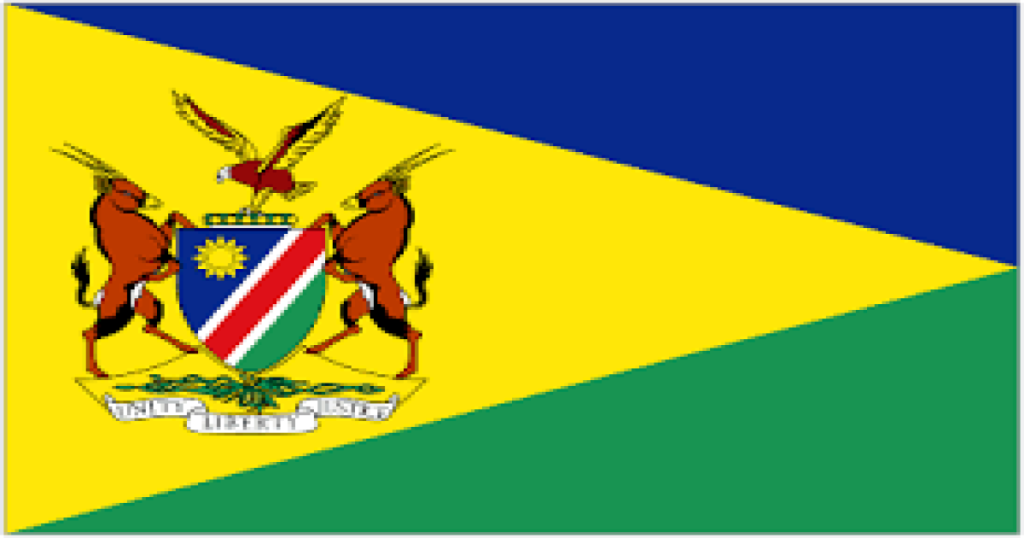
The Namibian President’s flag reflects the absolute power of the country’s head of state and chief executive and is flown to mark his presence. The flag is also displayed on the President’s vehicle. The flag is rectangular and has three triangles in blue, gold, and green. The Coat of Arms is imprinted on the gold. The President’s Flag may only be flown in Namibia. When the President visits foreign nations, he just carries the National Flag. This implies that only the National Flag may be flown in other nations to represent Namibia, whilst the President’s Flag signifies the President’s standing and power.
COAT OF ARMS NATIONAL:
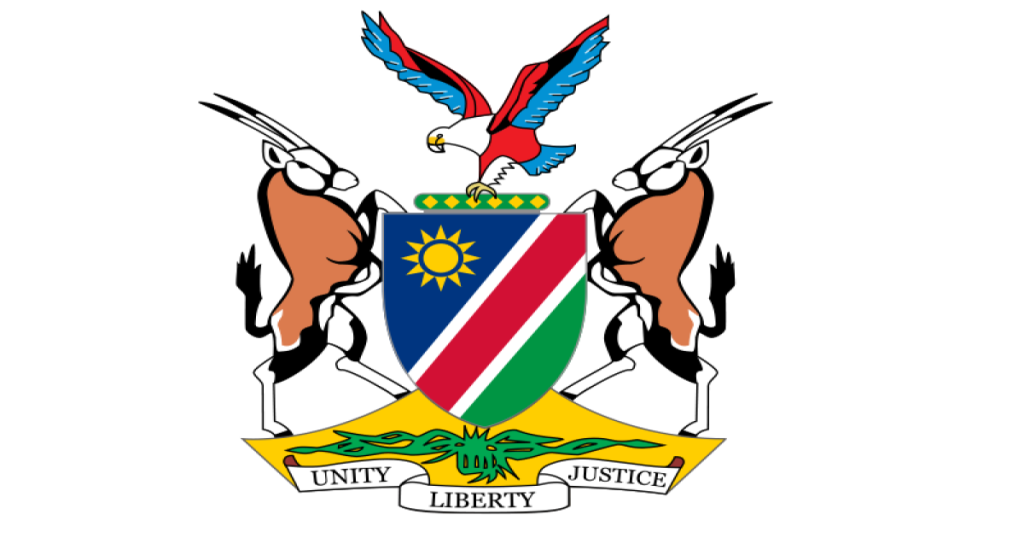
The National Coat of Arms is the official insignia of the Government’s statutory function. All official documents and stationery bear the Coat of Arms.
The National Flag is seen on the Coat of Arms’ shield. It is deeply rooted in the sands of Namibia’s centuries-old Namib Desert.
The fish eagle, which represents the north and our country’s water resources, is shown on the headband above the shield.
The fish eagle has superb eyesight and is therefore a symbol of our country’s leaders’ foresight.
The two Oryx antelopes on each side of the shield are native to Namibia, notably the semi-arid regions. They are well-known for their bravery, grace, and pride.
The Welwitschia mirabilis is a rare desert plant that is a fighter for survival and hence a symbol of Namibia’s courage and persistence.
The headband represents our people’s customs, while the diamond shapes represent the value of diamonds to the country’s economy.
The slogan, Unity, Liberty, and Justice, enshrines the fundamental ideas enshrined in the Constitution.
Private organizations may not utilize the Coat of Arms without the President’s prior consent.
Book your desert tour in 6 Days Safari tour in Namibia Dunes and Wildlife from Windhoek.
Merzouga 4×4 Desert Excursion
You’re about to embark on the adventure of a lifetime with the Merzouga 4×4 Desert Excursion. Feel the thrill as…
Visiting Azrou, Morocco – Your Destination Guide
Are you ready for an adventure in Azrou, Morocco? Look no further; this destination guide is here to help you…
Cities in Morocco to Visit
Looking to explore vibrant cities in Morocco? You’re in for a treat! From the bustling streets of Marrakech to the…
Moroccan Nomads – Sahara Desert Nomadic Life
I recently had the pleasure to visit Morocco, and the enormous and breathtaking Sahara Desert quickly fascinated me. While touring…
Morocco with Children
Look no farther than Morocco for a family trip that includes adventure, culture, and exciting activities for all ages. My family…
Halwa Chebakia (Griouech ) Moroccan Sesame Cookies
Halwa Chebakia is a classic Moroccan biscuit that Moroccans have loved for centuries. This sweet and crunchy dessert composed of…
Tipping In Morocco – How Much To Tip Tour Guides, Drivers
Morocco may be a very lovely vacation for those of us who yearn for independence. This North African country provides…
Couscous In Morocco
Couscous is a Moroccan staple for good reason. This historic cuisine has been eaten by Moroccans for decades, and its…
Visiting Morocco In December
Visiting Morocco in December is a fantastic chance to immerse yourself in the culture and beauty of this desert nation….
Imilchil Marriage Festival A Love Celebration
The Imilchil Marriage Festival is a real must for every culture lover. This year’s festival will take place from August…
Chouara Tannery How to Visit Amazing Moroccan Tannery in Fez!
A wonderful aspect of visiting Morocco is shopping for exquisite leather goods Chouara Tannery. But do you know how, and…
The Best Medinas in Morocco
A cosmopolitan city, Medinas in Morocco. Morocco has never forgotten its enduring traditions despite its Modern development. One aspect of Moroccan…
Landscape of Morocco
Landscape of Morocco: Morocco’s photogenic and impressive scenic beauty is unique and will amaze you when you see it for…
Morocco flag history
The flag of Morocco is often seen flying proudly on the streets of Marrakech, both in the modern Gueliz neighborhood…
Taking taxi in Morocco: Marrakech, Casablanca, and Rabat
Taxis are a common and inexpensive mode of transportation in Morocco, both inside and between towns. Taxis are inexpensive, and…
Glamping In Morocco – The 8 Best Luxury Desert Camps
Are you seeking for a one-of-a-kind experience during your Morocco Desert Tours? Then staying at one of these luxury desert…
Moroccan currency, exchange rates Prices, and more information
Prices, and more information of interest. Moroccan currency, exchange rates Traveling on your own or in a group like those organized by…
Gorges of Todra Morocco
Gorges of Todra (TODGHA) The valley Gorges of Todra (or Todgha) extends over fifty kilometers along its wadi in an enchanting…
SIDI KACEM MOROCCO
ABOUT SIDI KACEM Want to discover Sidi Kacem? There are a thousand and one ways to experience it. Located where the…
SKHIRAT MOROCCO
ABOUT SKHIRAT Want to discover Skhirat? There are a thousand and one ways to experience it. Skhirat is a city that…
Top 6 places to visit in Kenitra
kenitra (Port-Lyautey) Kenitra, is a city and urban commune of Morocco. Its name is Port-Lyautey from 1932 to independence in 1956….
Volubilis in Morocco
Volubilis is an ancient Roman city where the best preserved and most visited archaeological remains in Morocco are located. In…
Best Beaches in Morocco
More than just sun and water are features of Beaches in Morocco. Agadir, the country’s biggest resort town and just a…
BEST THINGS TO DO IN ESSAOUIRA MOROCCO
This is a comprehensive Things to do in Essaouira Morocco guide to Essaouira, Morocco, including information on everything you should…
Best things to do in Ouarzazate
THE BEST THINGS TO DO IN OUARZAZATE | LITTLE HOLLYWOOD OF MOROCCO traveling to the Sahara? Don’t forget to spend 2…
Things To Do In Tangier Morocco
The Whole City Guide to Morocco’s Tangier. Is a trip to Tangier worthwhile? Where can I go and what can…
You intend to wed a Moroccan man, right?
One of the articles on my website, Morocco Desert Tours that receives the most views and comments is on the…
Visiting Morocco as a woman
Visiting Morocco as a woman, along with the subject of how to eat in Morocco if you have food allergies,…
Things to do in Rabat the Capital of Morocco
Morocco’s capital city is Rabat. Rabat, which was founded as a military outpost for operations to Andalusia in the 12th…
Erg Chebbi sand dunes Merzouga
These are Morocco’s most accessible Erg Chebbi Merzouga Sahara hills, but they’re not easy to squeeze into a quick trip….
Bread in Morocco a cookbook with recipes
I’ve always had a bread fixation, and it’s been interesting to learn about the many sorts of bread available in…
Moroccan teapot
A fresh cup of mint tea served in Morocco has a certain allure. It is more than simply a cup…
Top things to do in Marrakech
Marrakech, the Imperial City Marrakech is the most famous of the imperial cities in Morocco, founded in 1062, is a lively…
Atlas Mountains Morocco
The Atlas Mountains in Morocco It’s correct that when we think of Morocco, we think of the desert, even though…
Morocco New Year’s Eve The Best Places to Celebrate
The word “festival,” as it is understood across the world Morocco New Year’s Eve, simply refers to an expression of…
Moroccan Coffee: Everything You Need to Know
Moroccans drink coffee as well as the wonderful and extremely calming mint tea that the country is renowned for. However,…
Moroccan Mint Tea
Moroccan Mint Tea has long been a favorite of mine. The flavor and perfume of fresh mint leaves combined with…
Moroccan jewelry
Moroccan jewelry has always been a favorite of mine since I was a youngster. I used to go shopping with…
Berber Amazigh New Year celebration
Id Yennayer is the Berber Amazigh New Year celebration, the first day of the Amazigh (Berber) agricultural calendar, which falls…
Common Moroccan Arabic phrases and sentences
Learn the simple Moroccan words phrases “Hello” and “Thank you” throughout your stay in Morocco. They will come in handy…
Moroccan Weddings: What You Should Know
Moroccan weddings are rich in culture and tradition, providing a one-of-a-kind event for both the bride and groom. There’s a lot…
Moroccan Henna Styles And Traditions
In Morocco, henna is a popular type of body art that is entrenched in cultural history. It has been used…

The Merzouga Desert: Prepare for an adventure!
Explore the vast horizon surrounded by sand, marvel at dawn and sunset colors, enjoy the blanket of stars at night,…
Nador Morocco
Are you ready to explore the hidden gem of Nador, Morocco? This vibrant city offers a unique blend of history, culture,…
Tetouan Morocco
Are you ready to immerse yourself in the vibrant city of Tetouan, Morocco? Discover the historical significance and architectural wonders…
Visiting Morocco In March
Are you considering visiting Morocco in March? Well, you’re in for a treat! March is a fantastic time to explore this…
Rose Festival Morocco & The Valley Of Roses
Are you ready to immerse yourself in the vibrant colors and fragrant scents of the Rose Festival in Morocco? Get…
Weather In Morocco In January
Are you planning a trip to Morocco in January? Get ready for a unique and diverse weather experience! In January, Morocco…
Day Trip To Morocco From Spain: Full Day Itinerary
A day trip to Morocco from Spain offers a unique opportunity for travelers to experience the vibrant culture and rich…
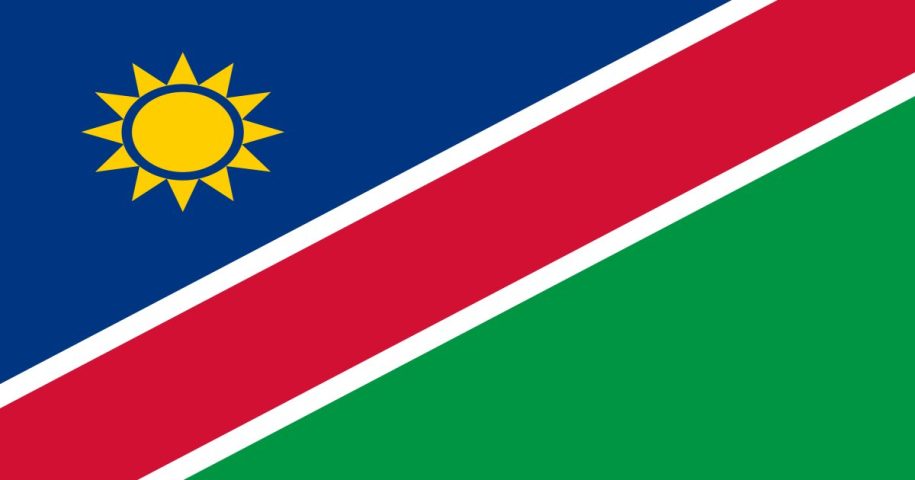
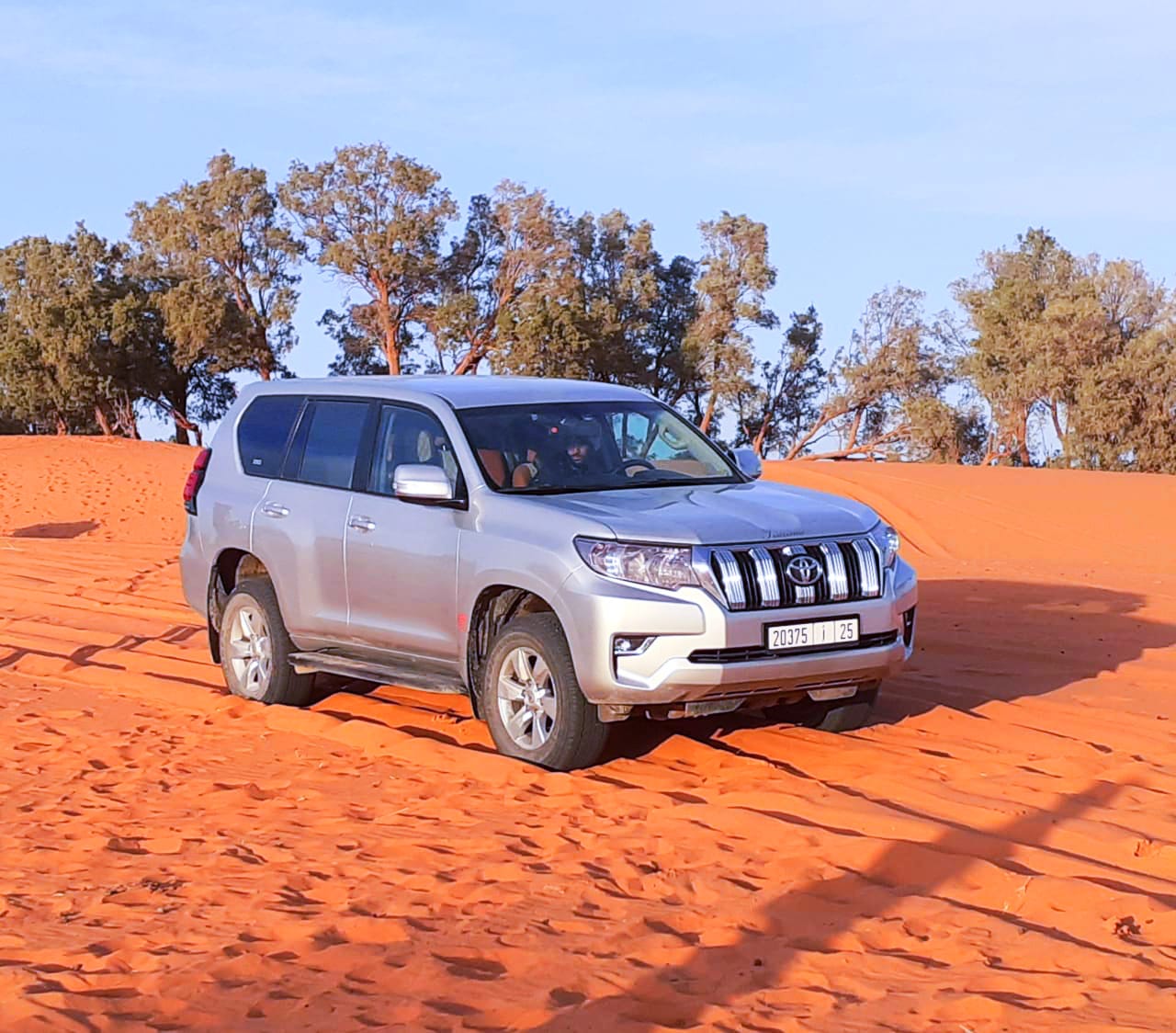
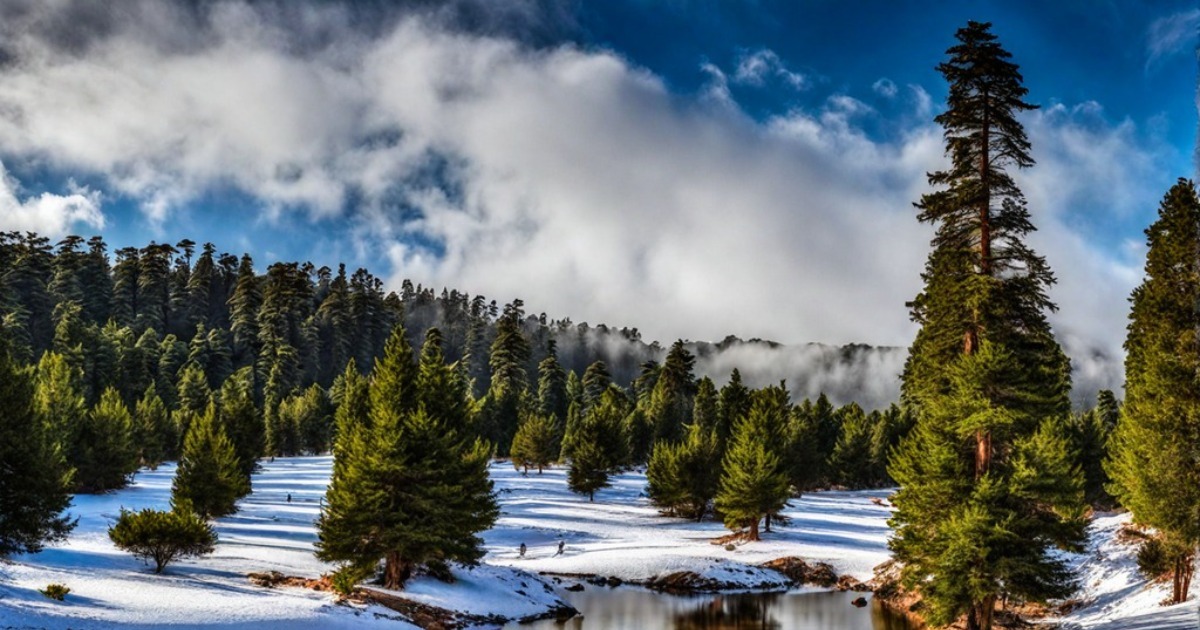
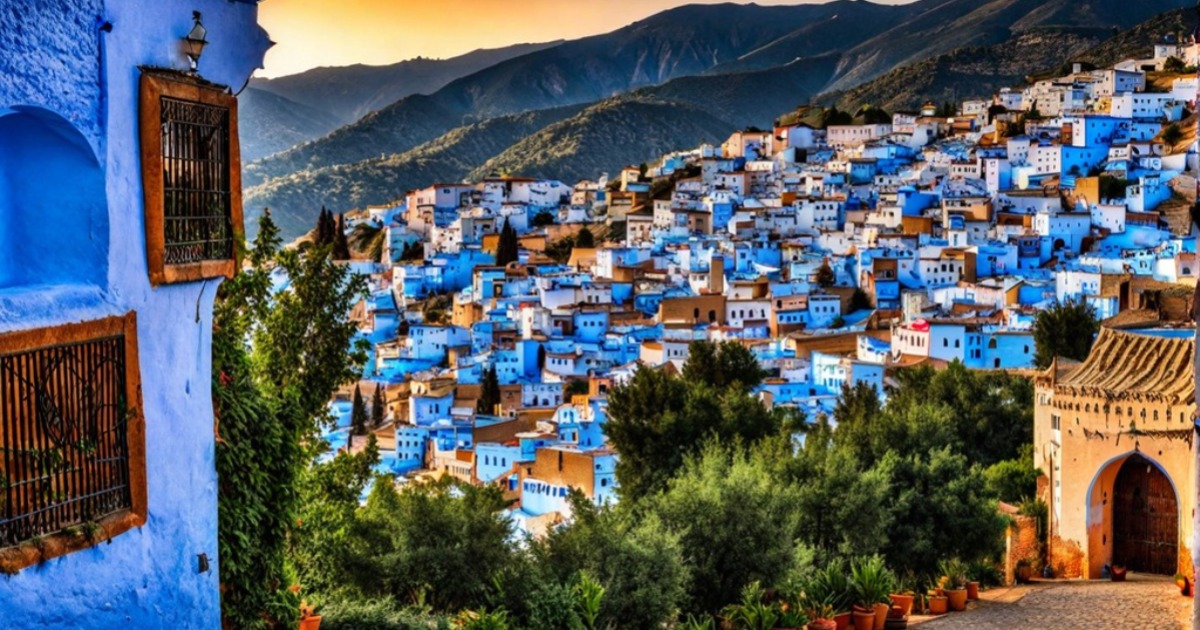
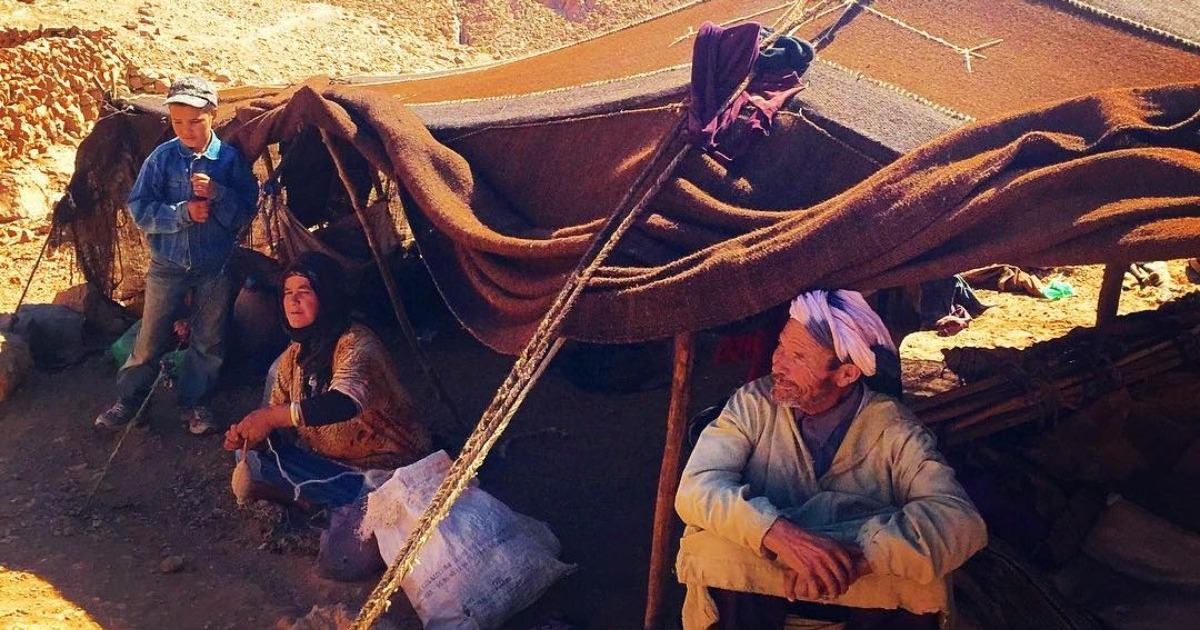
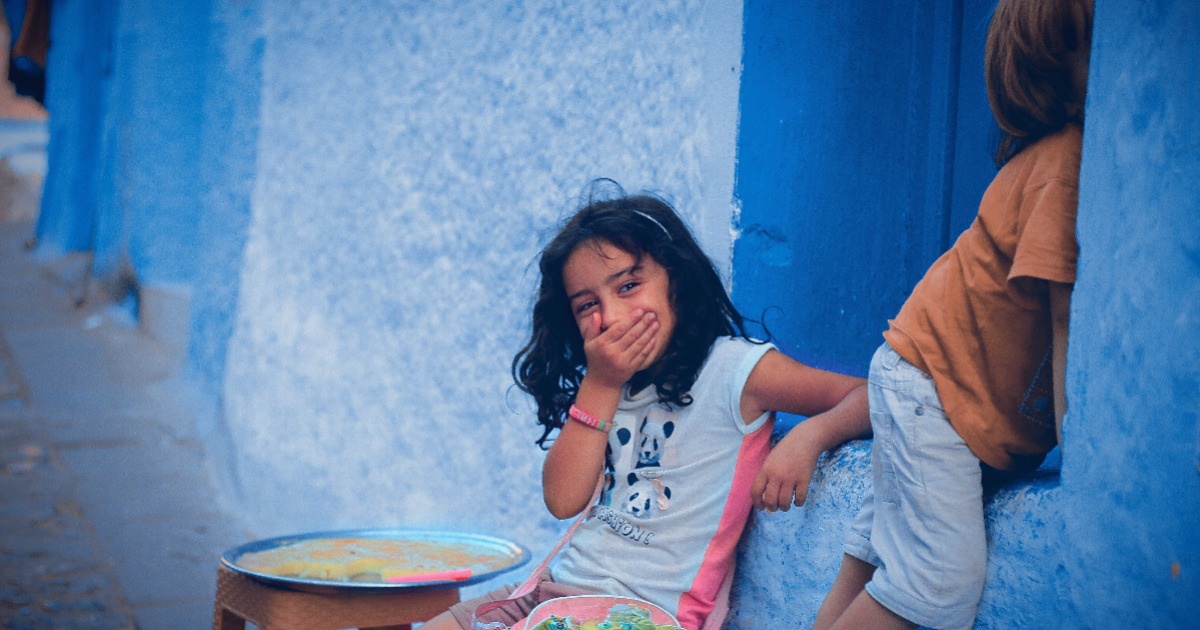
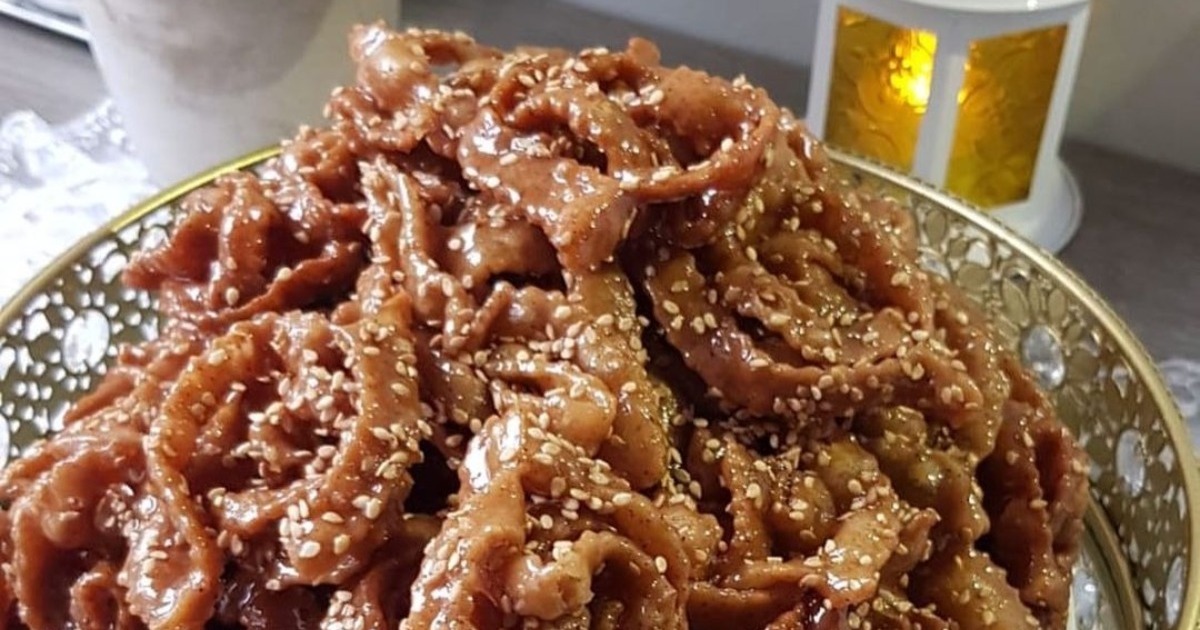
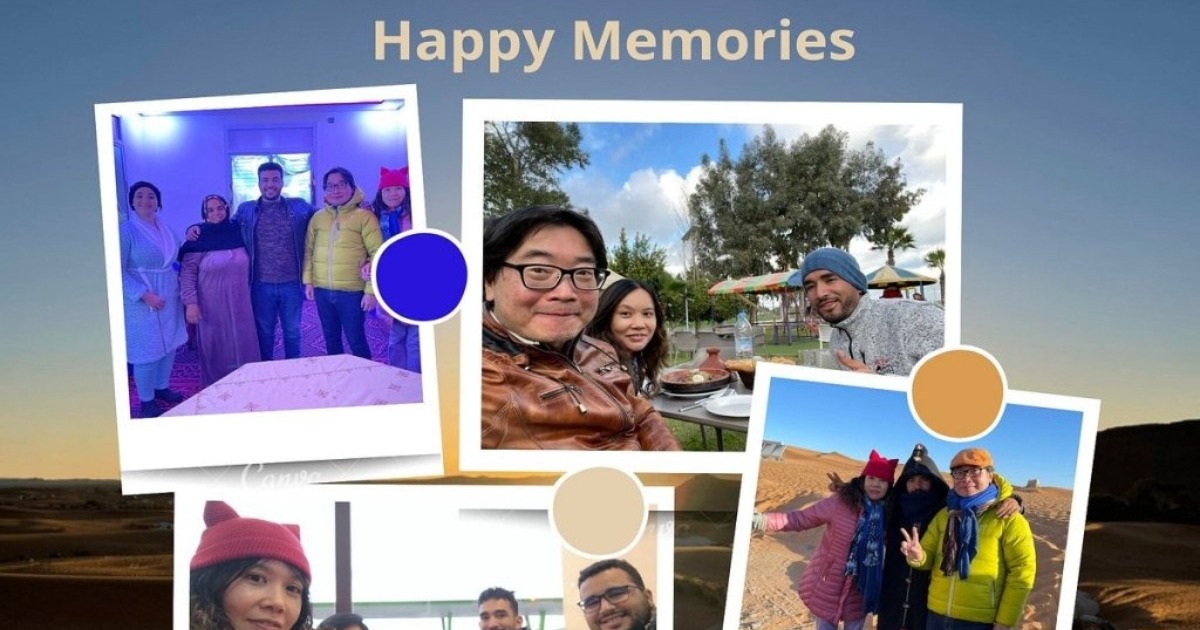

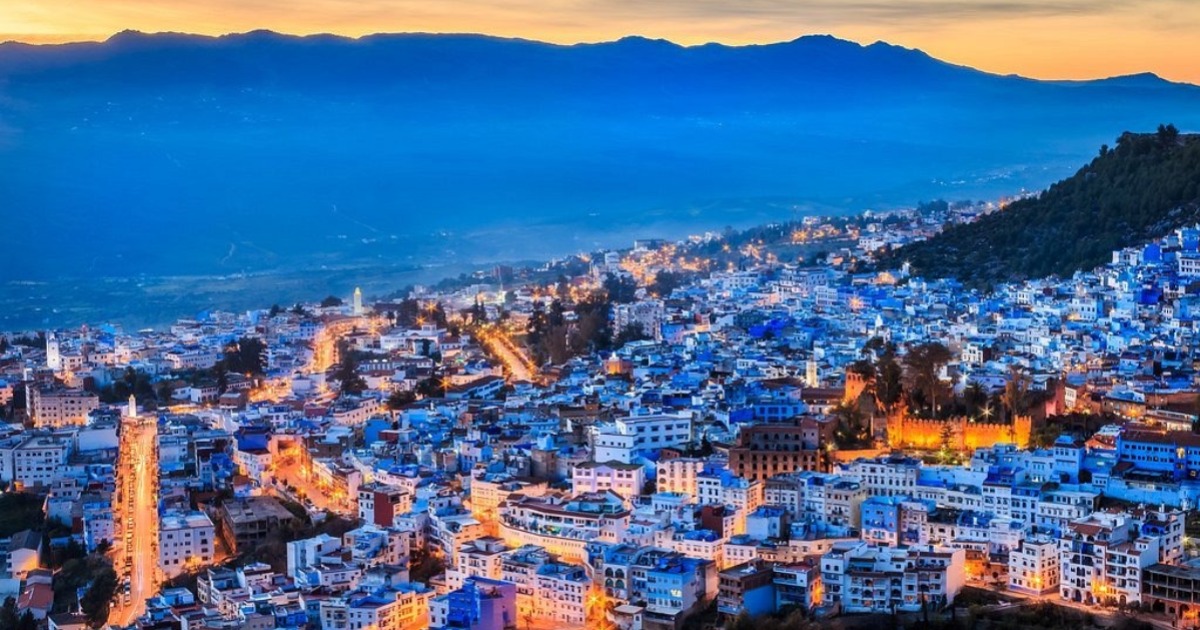
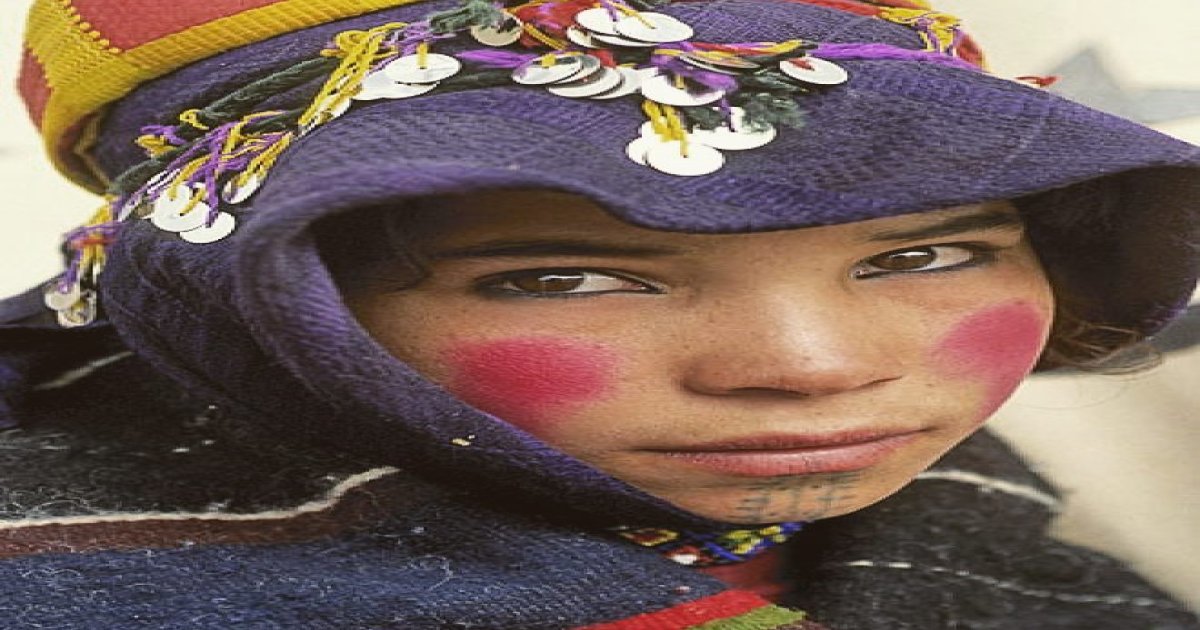
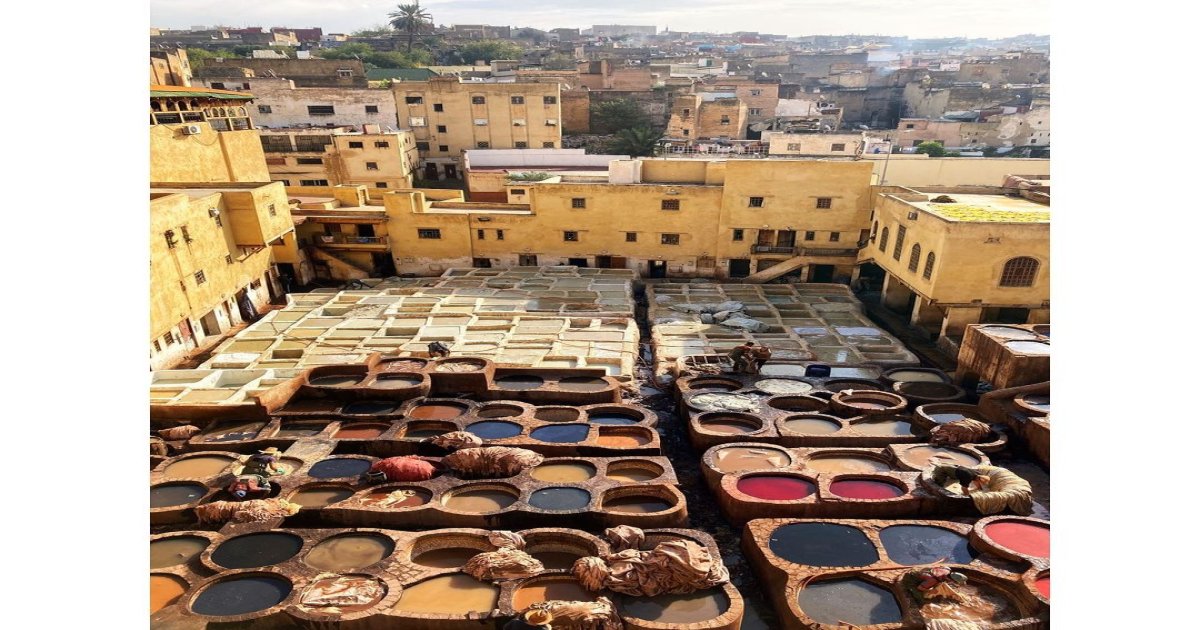
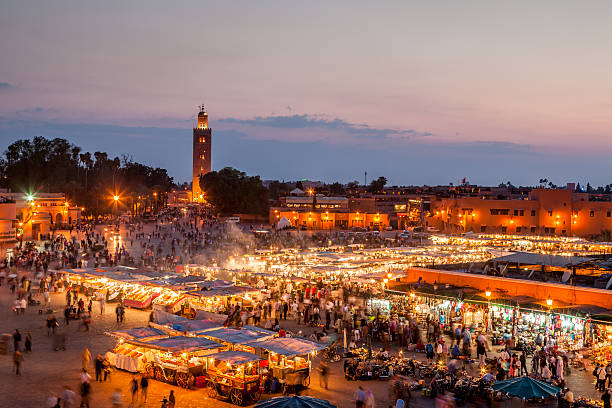
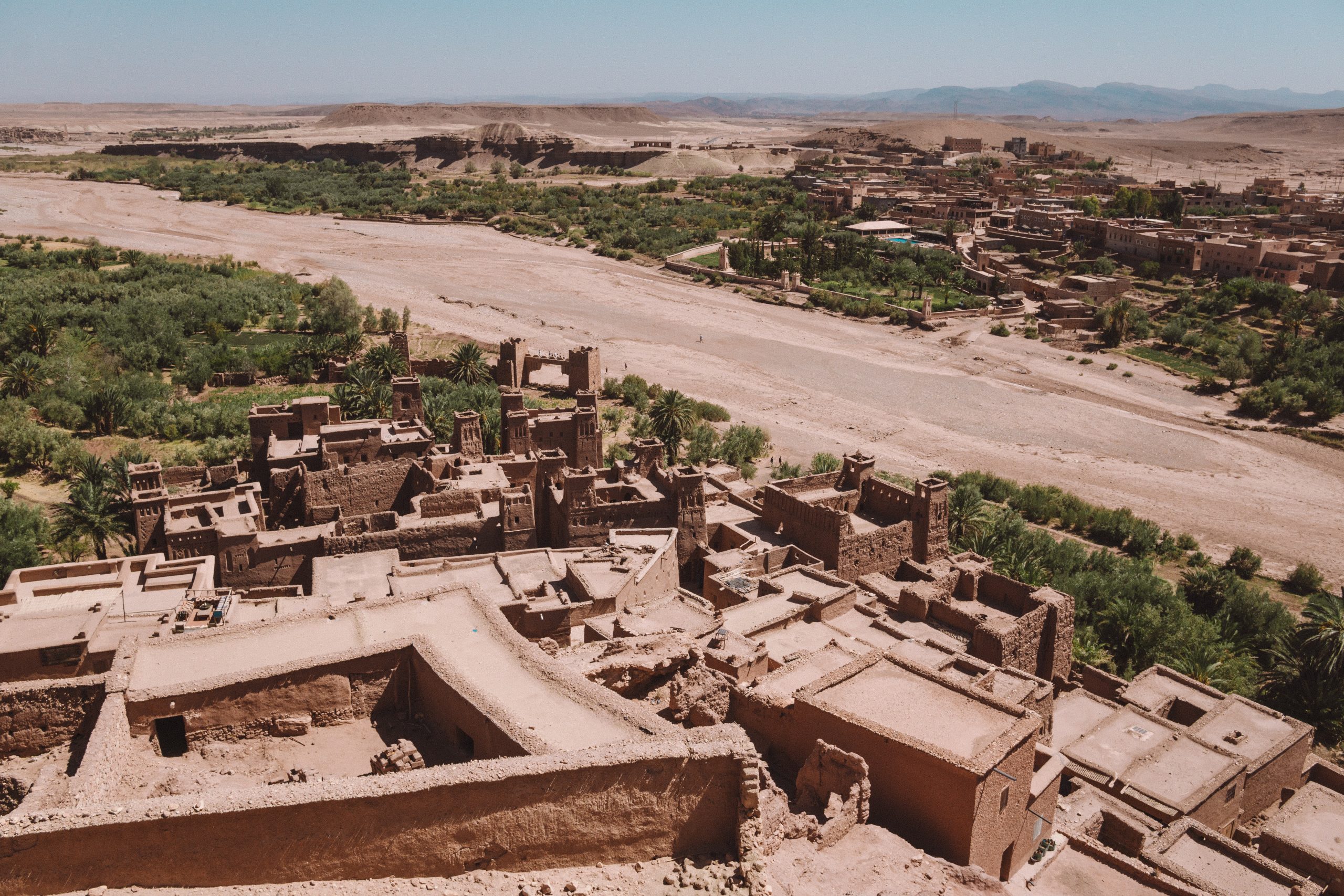
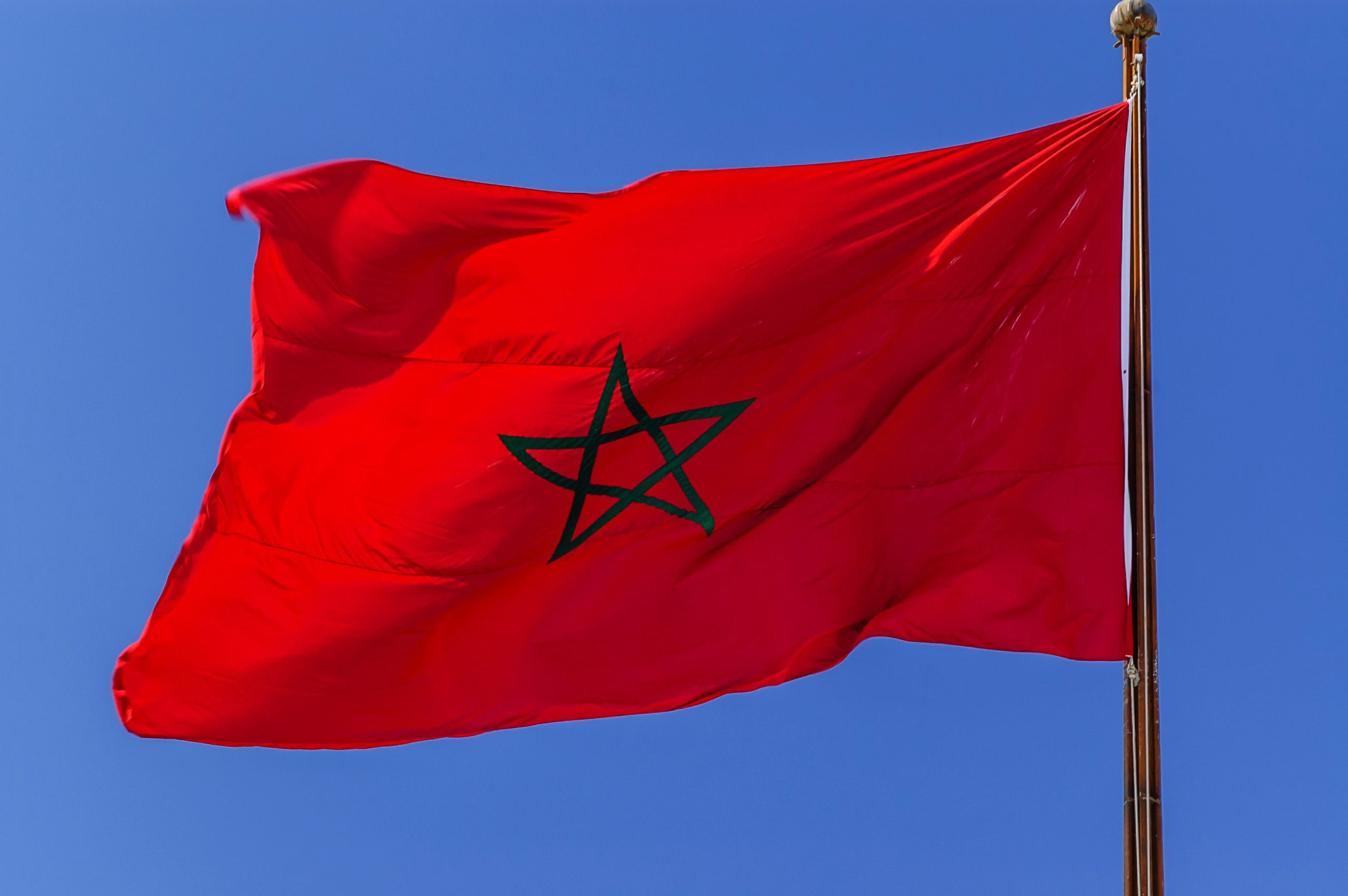
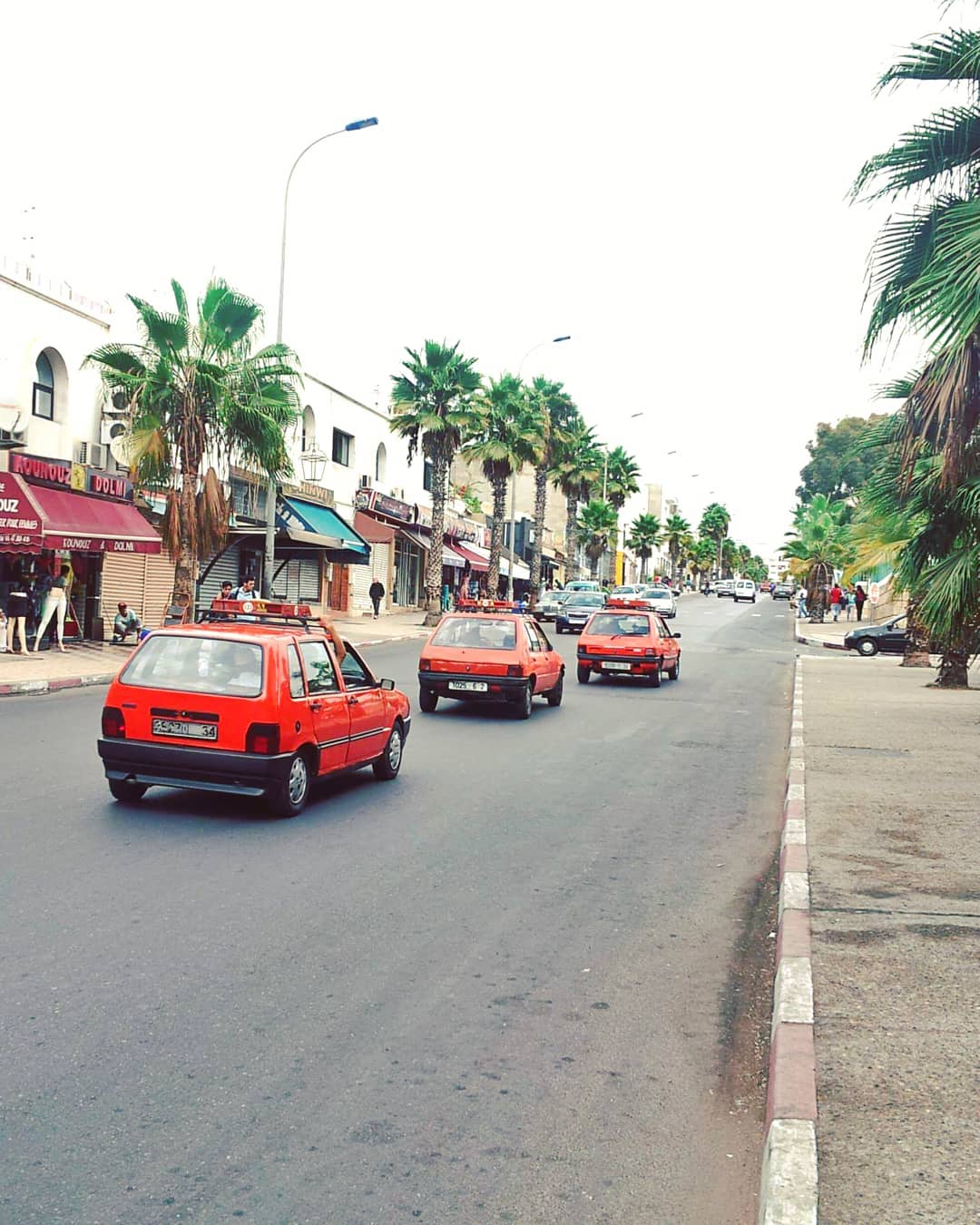
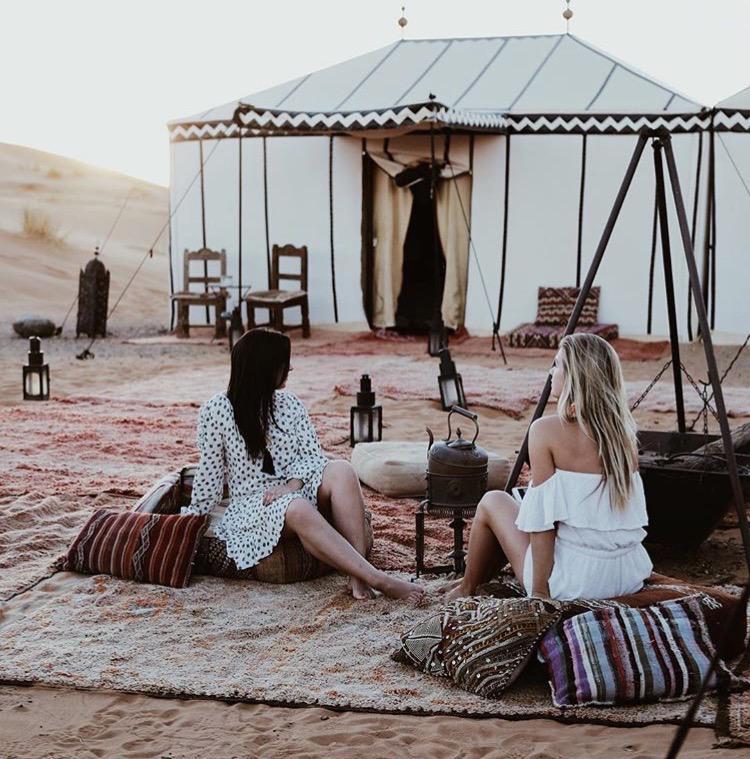
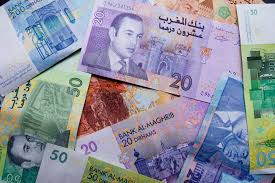
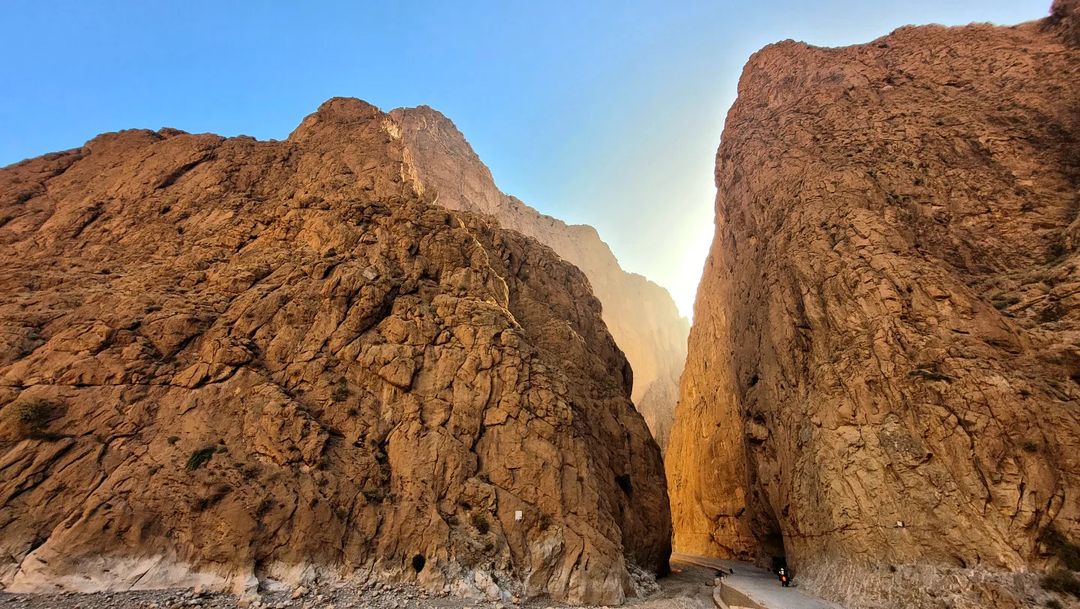
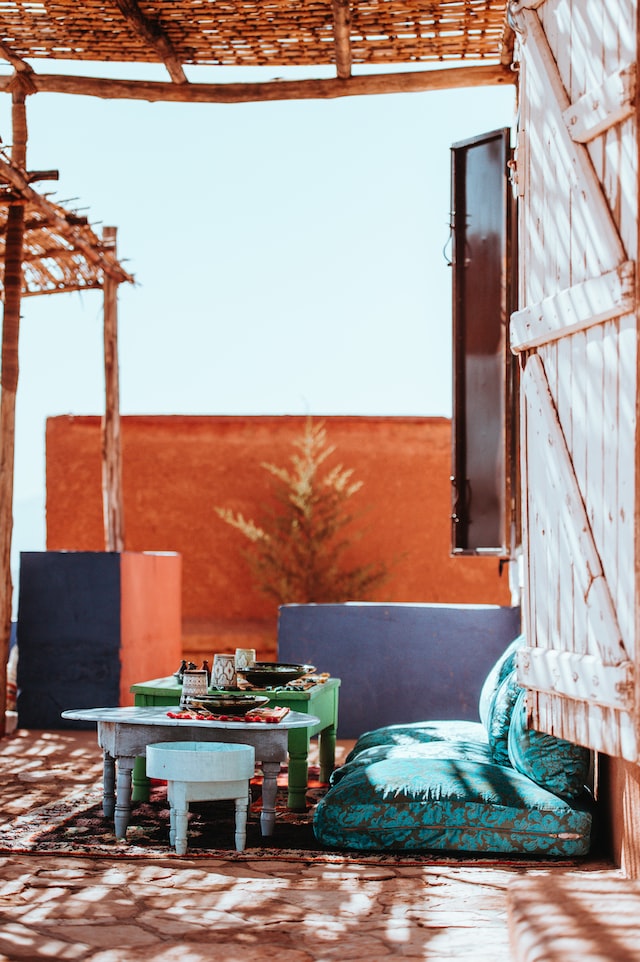
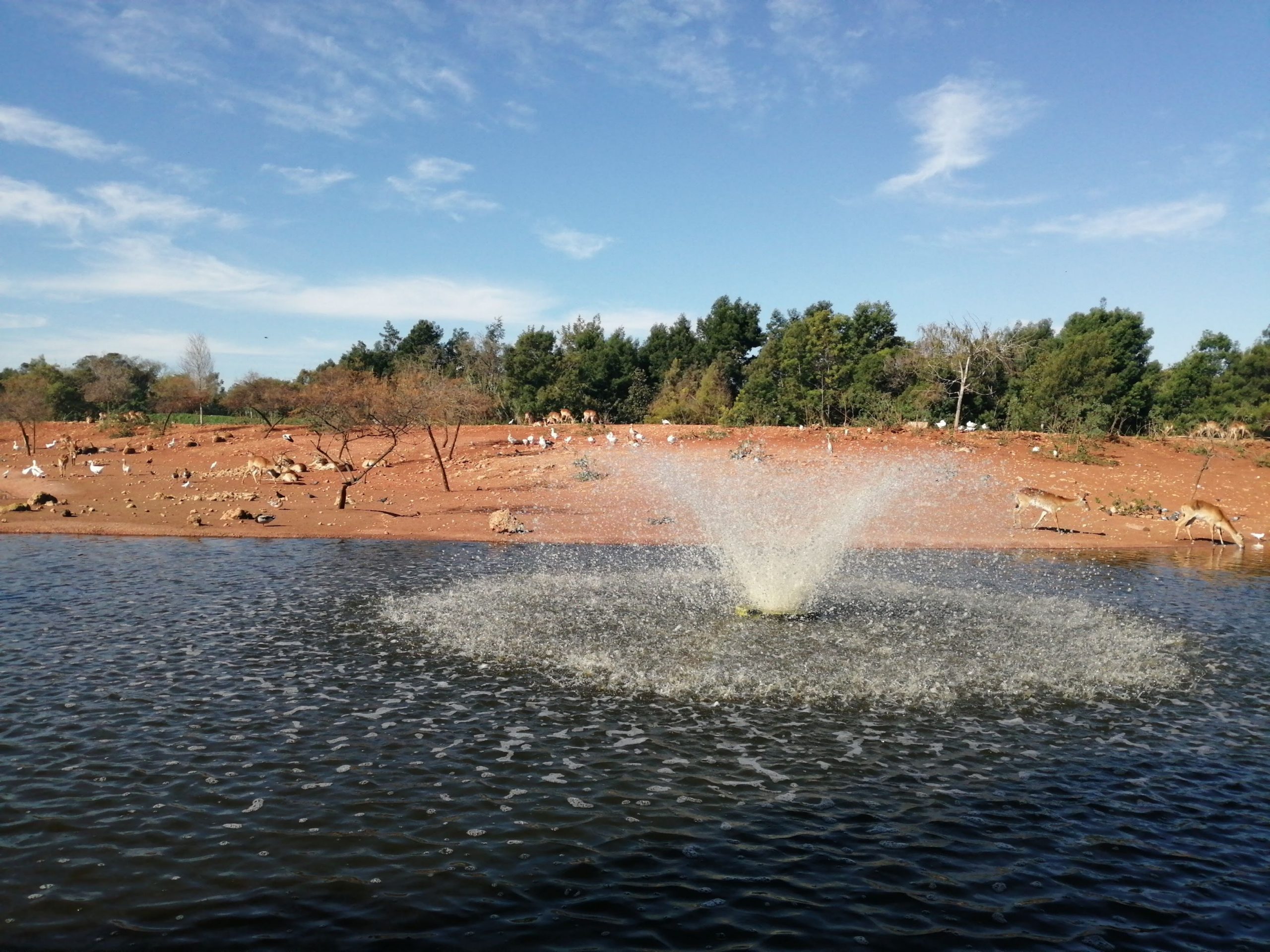
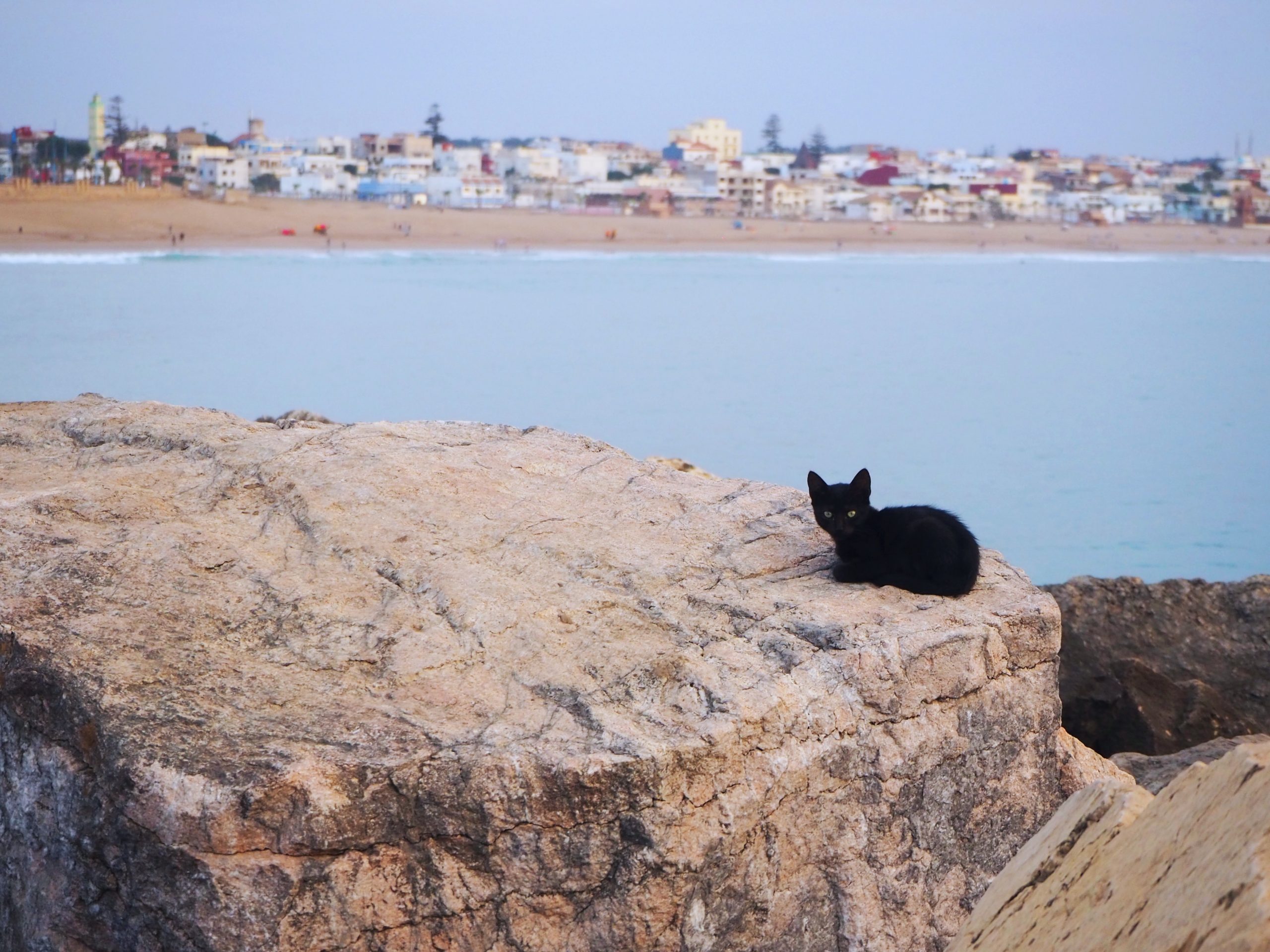
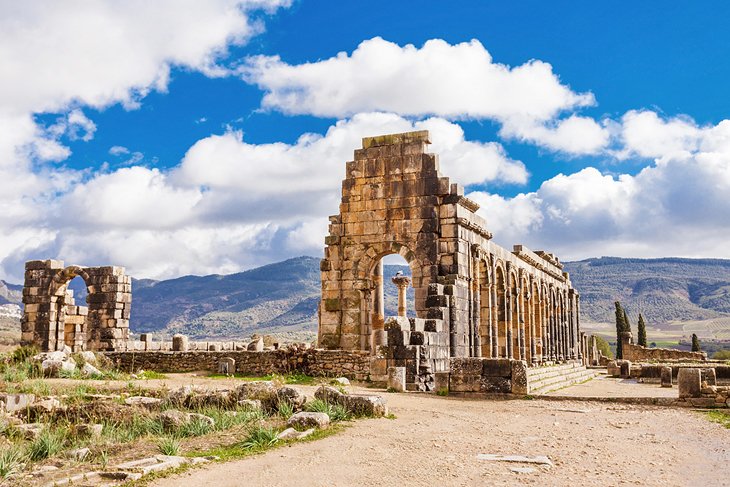
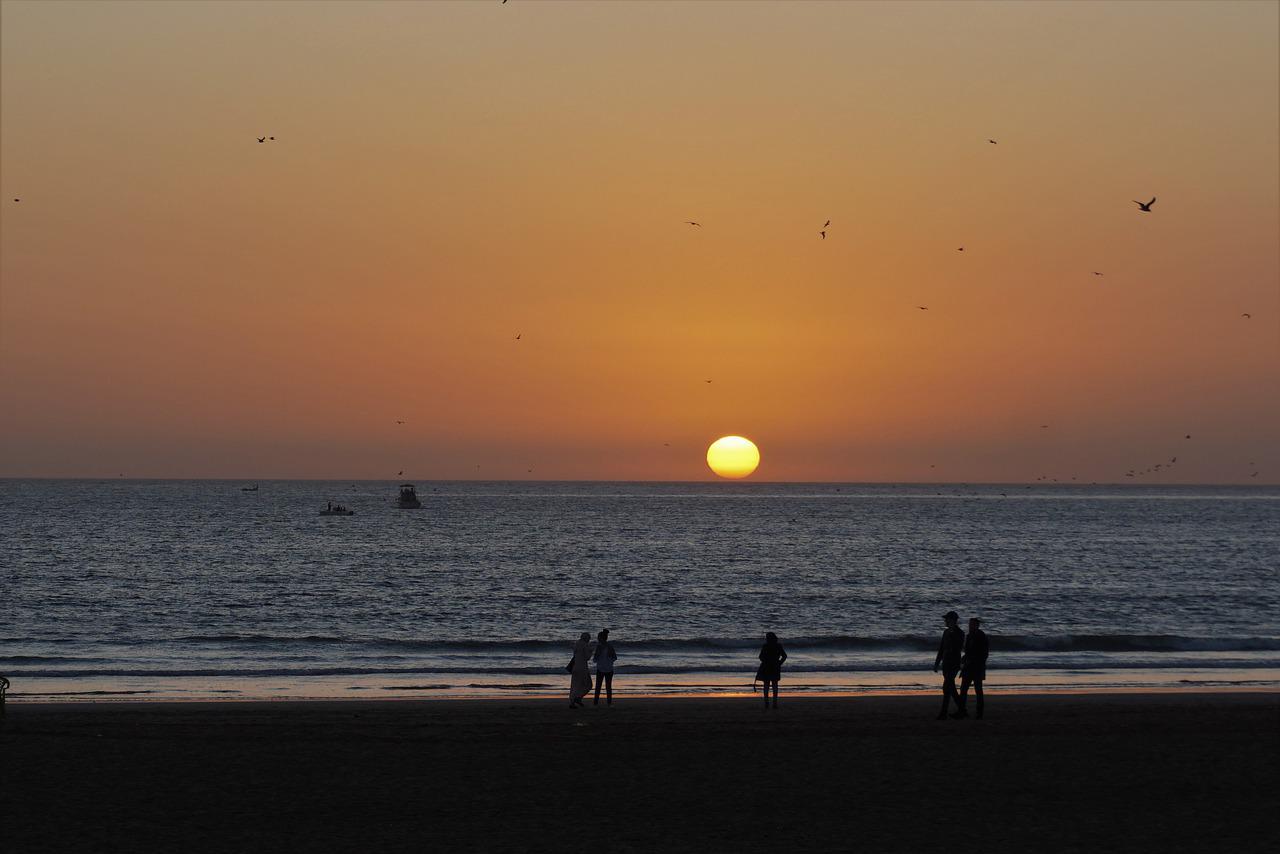
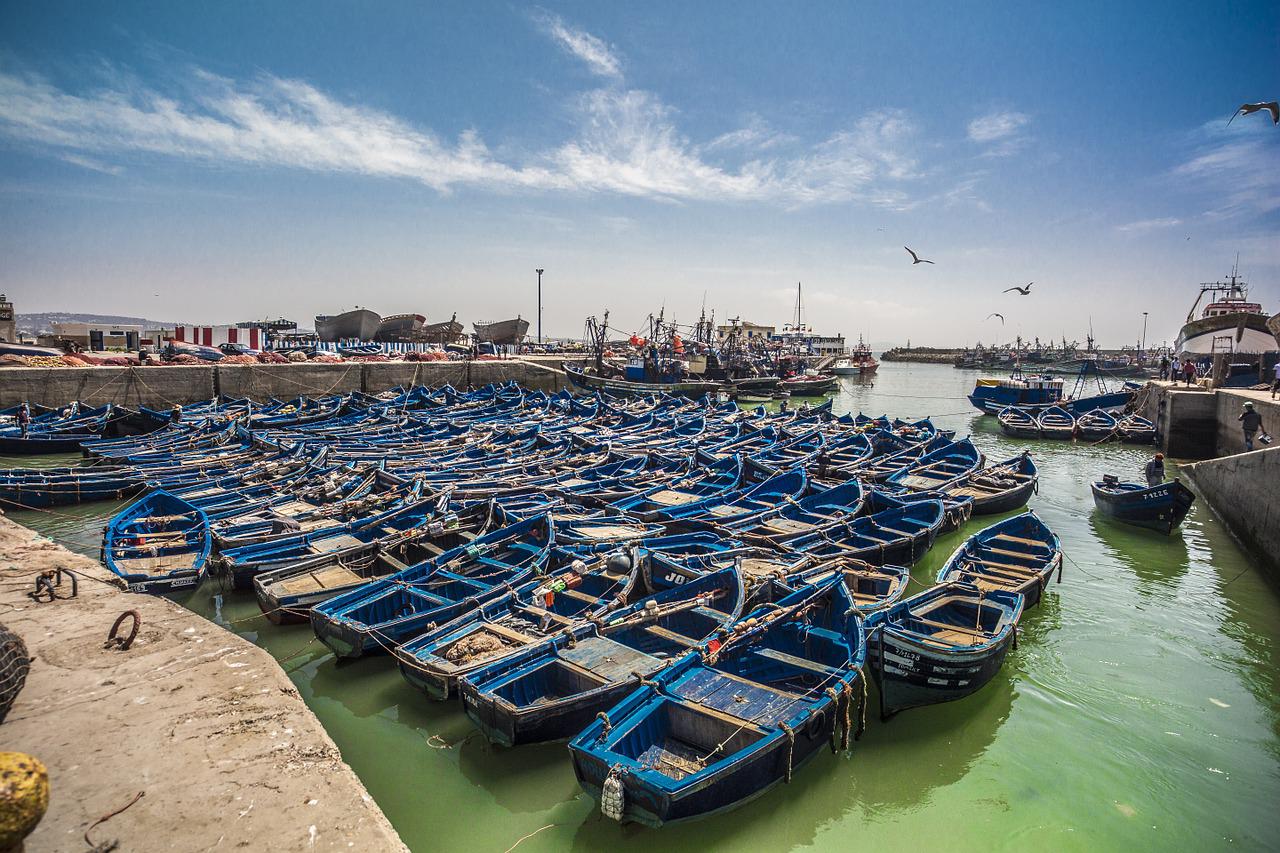
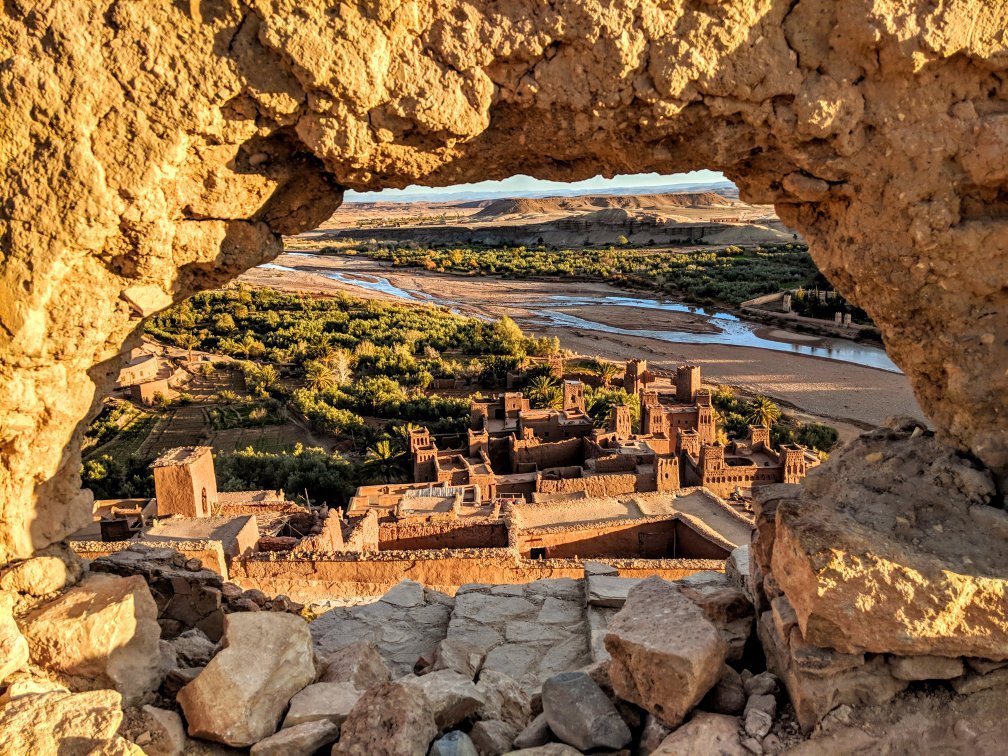
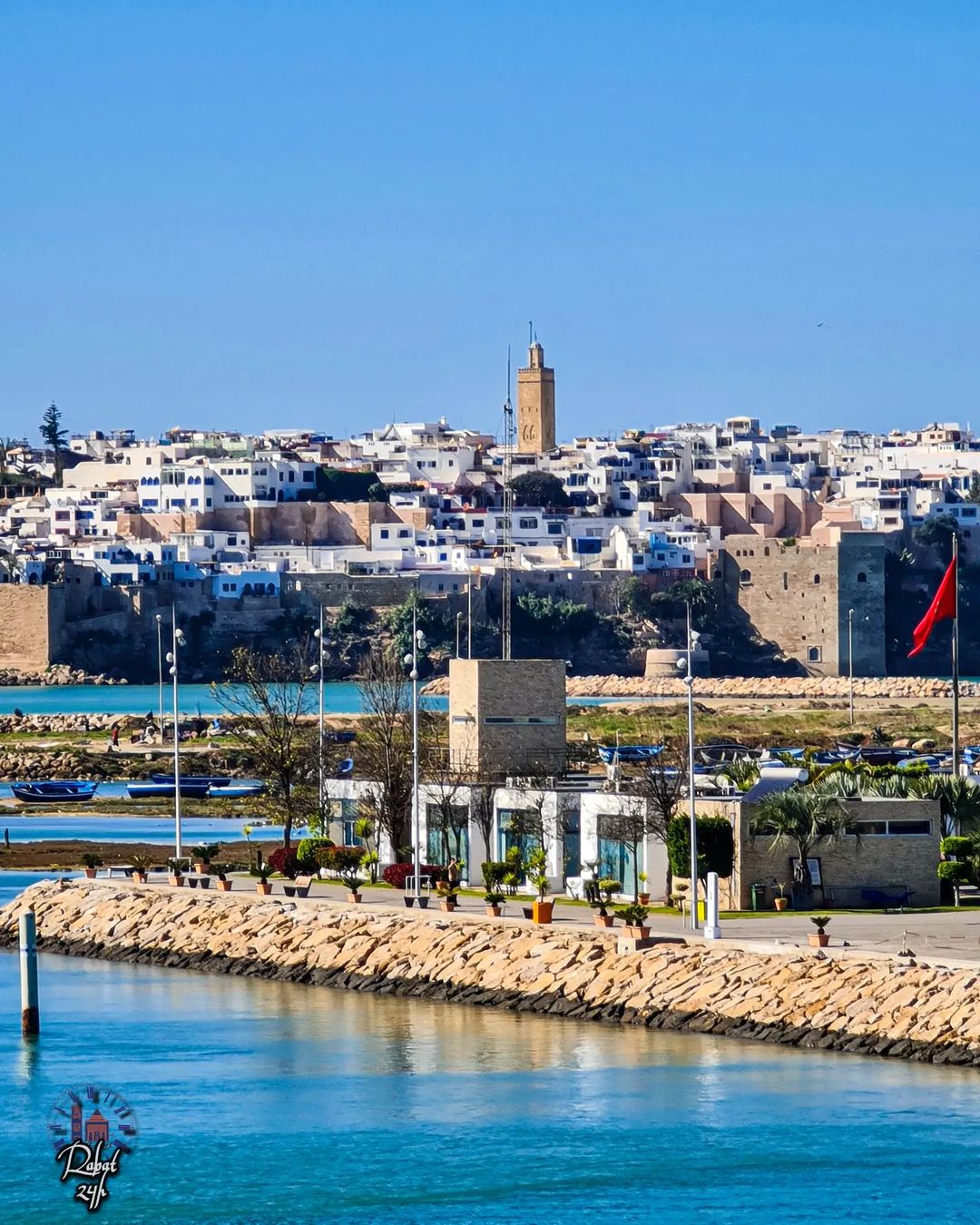
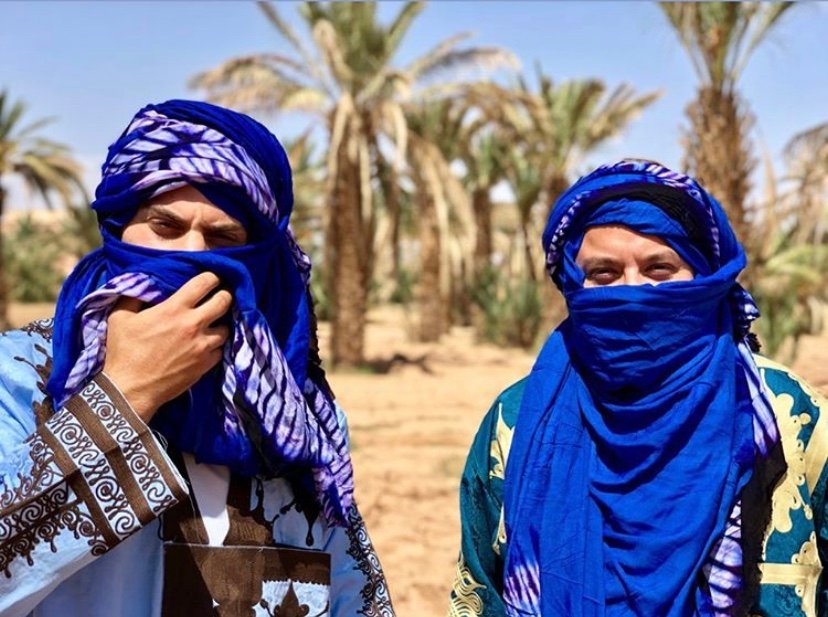
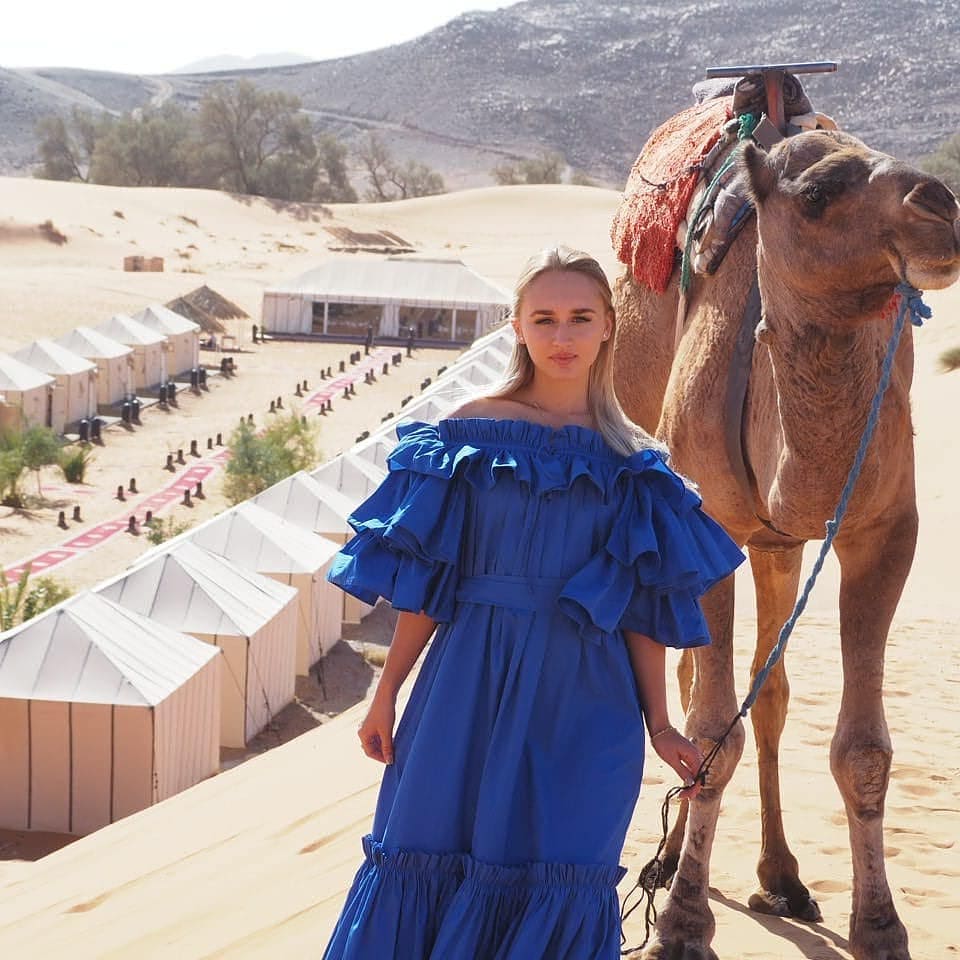
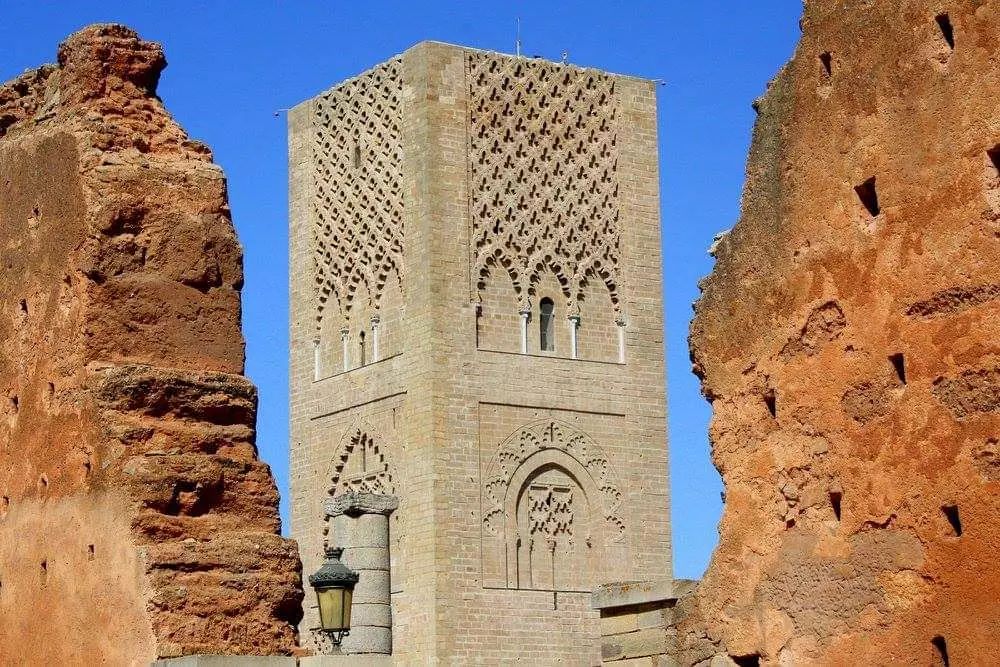
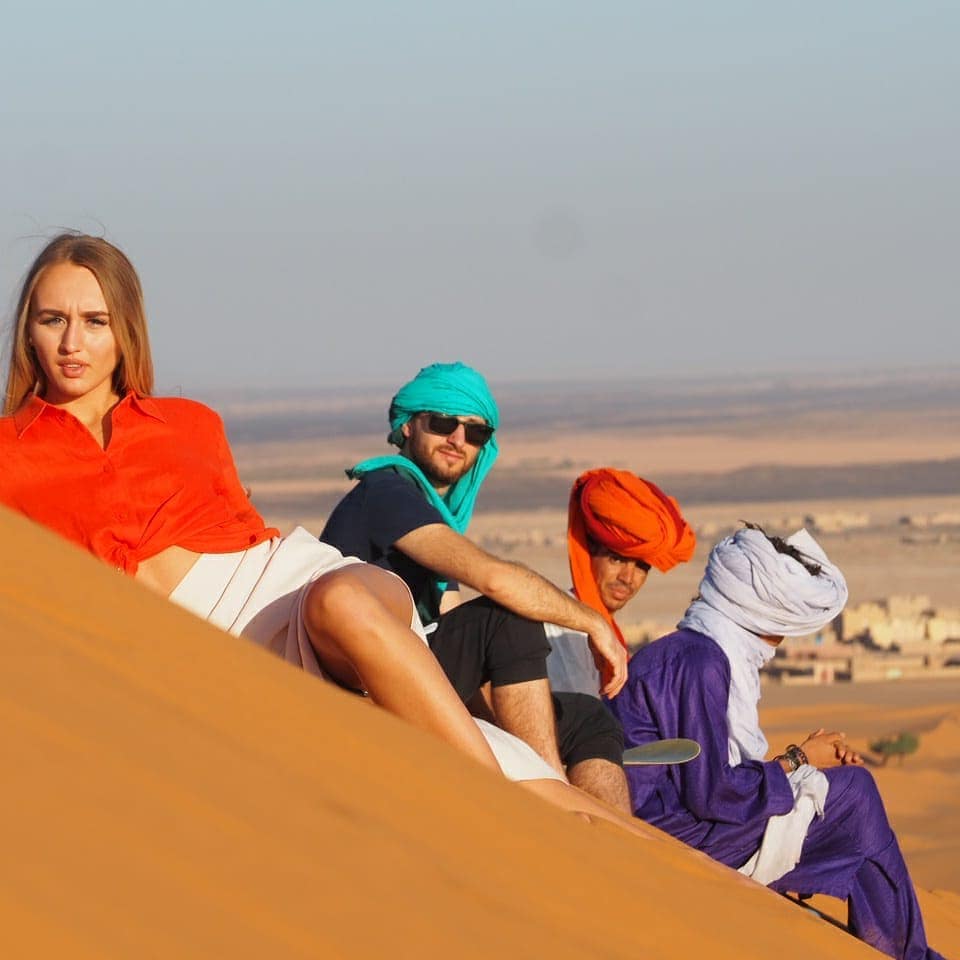
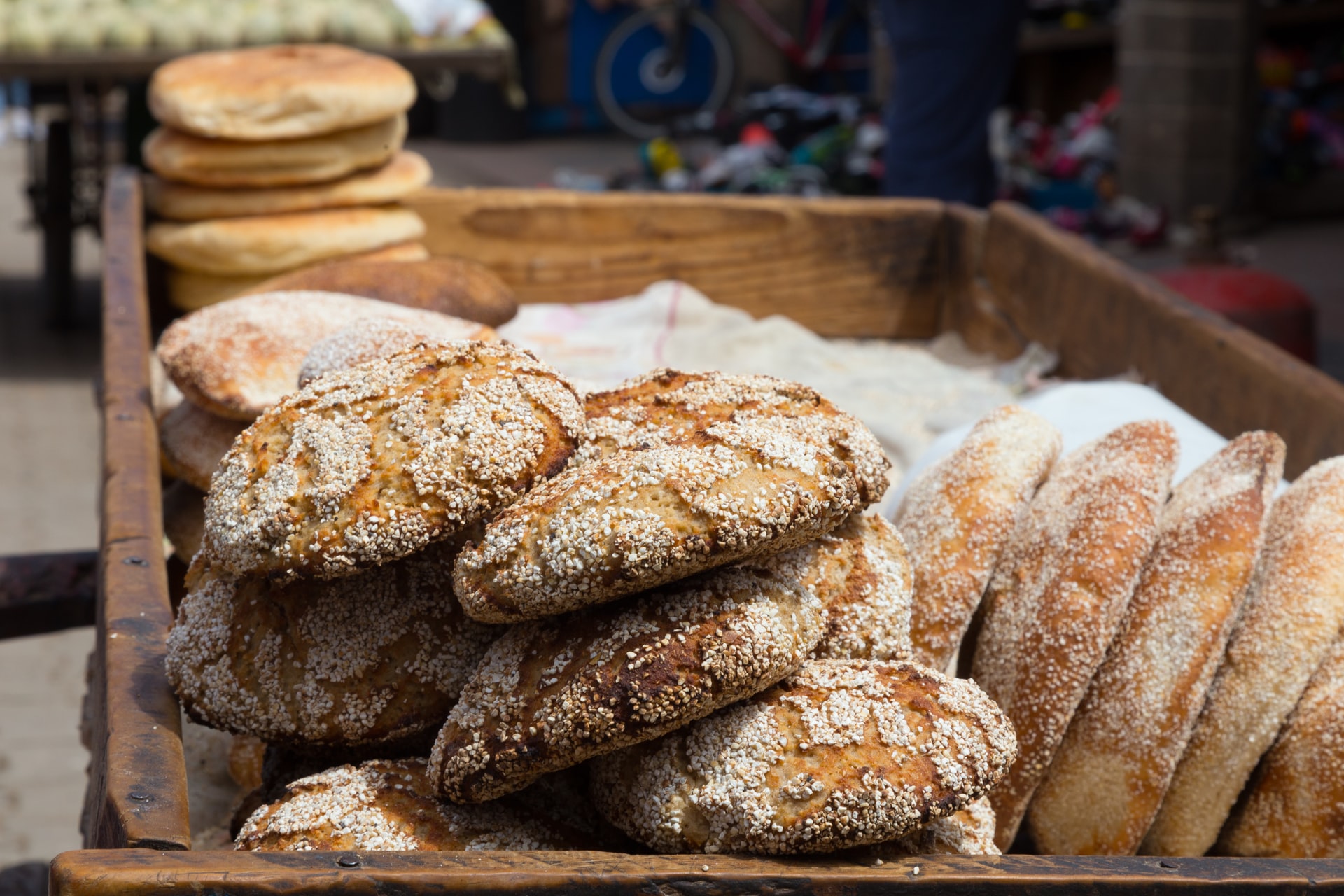
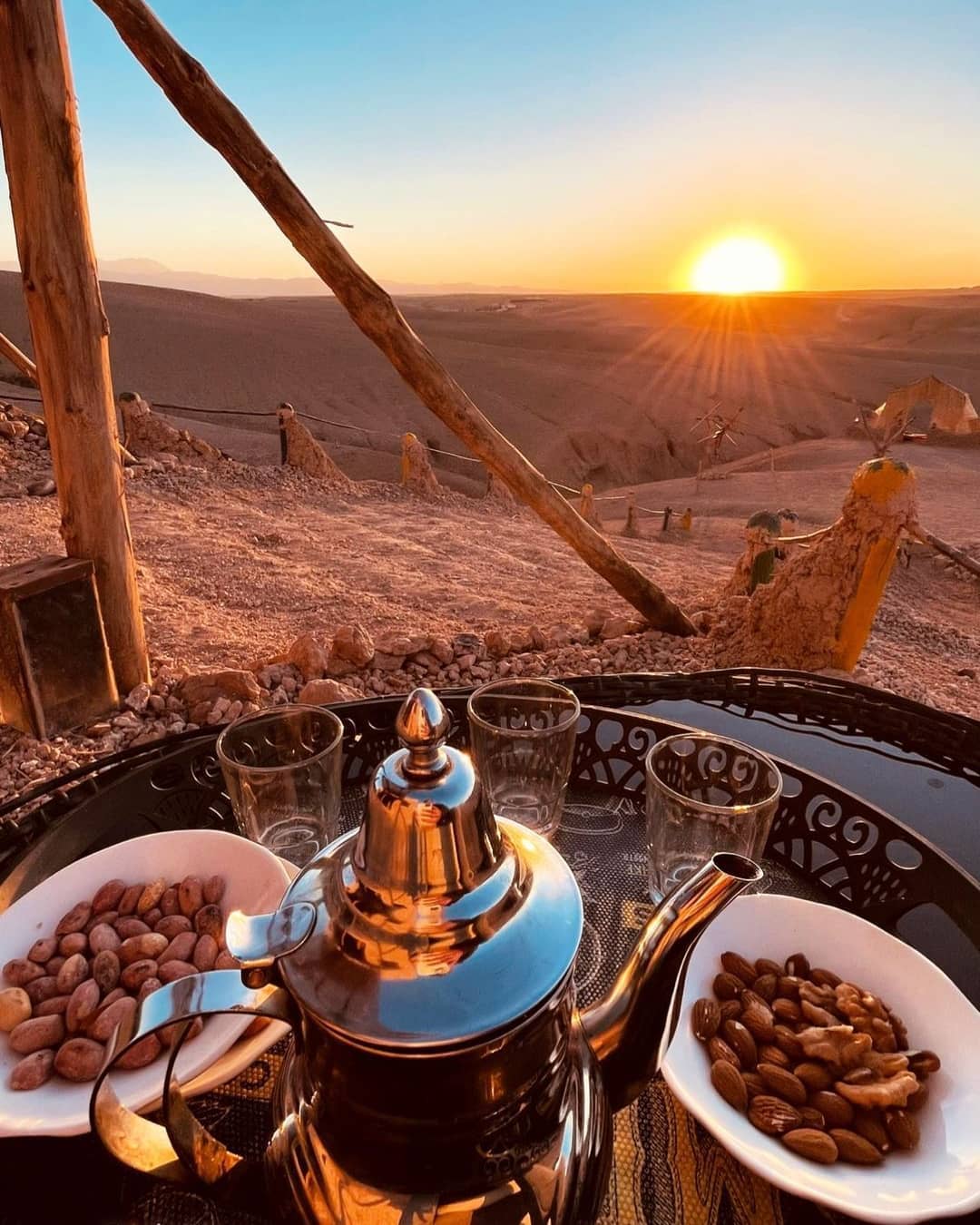

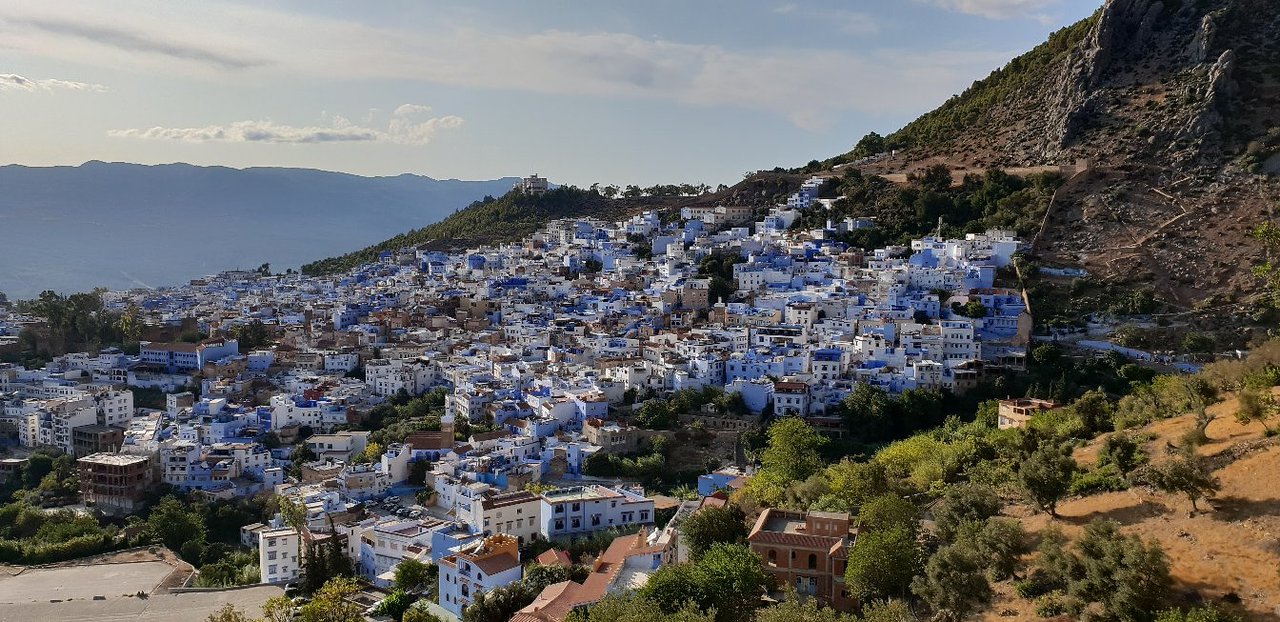
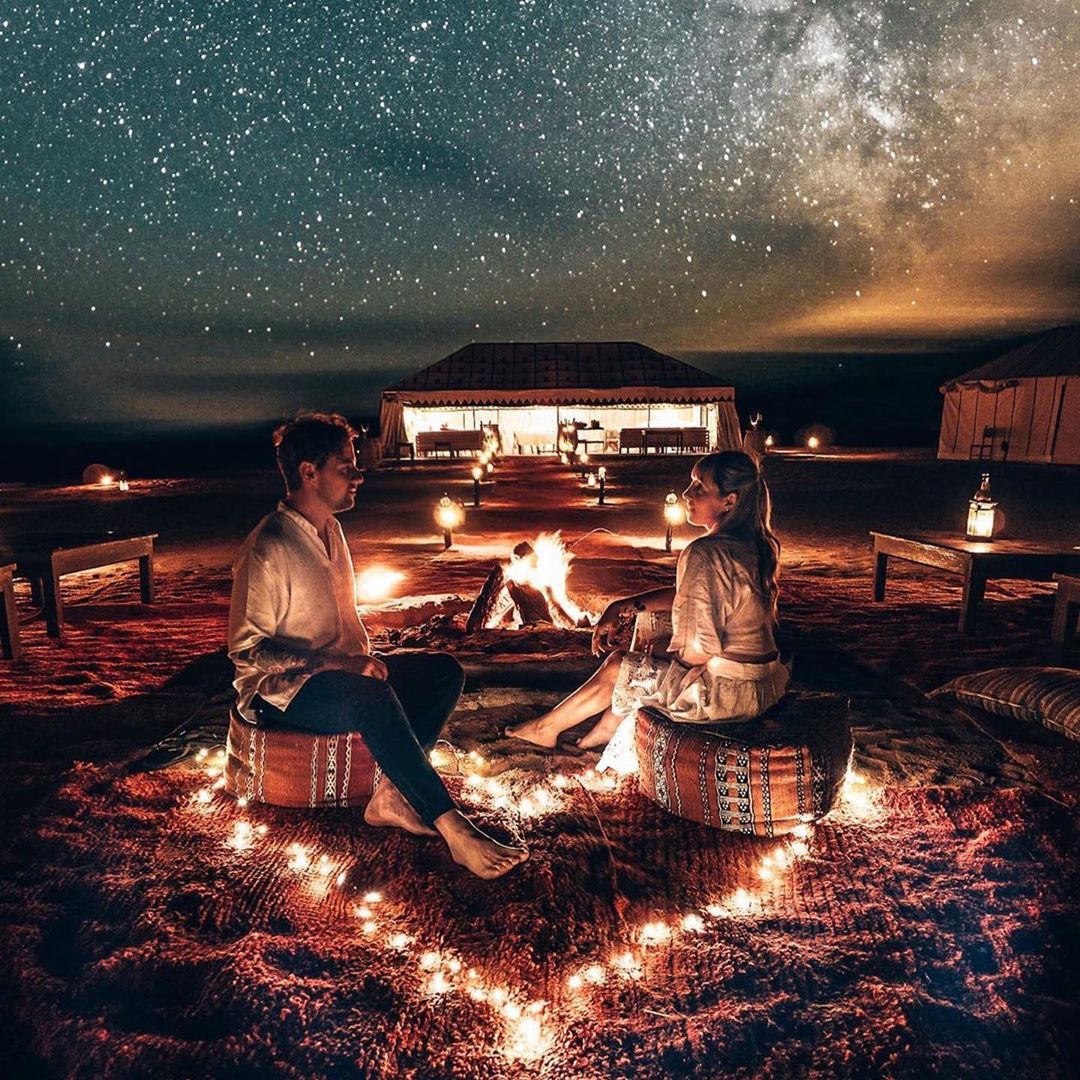
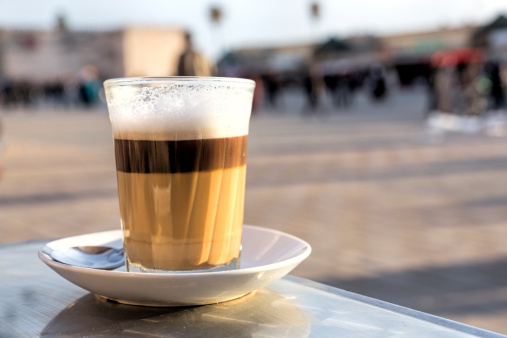
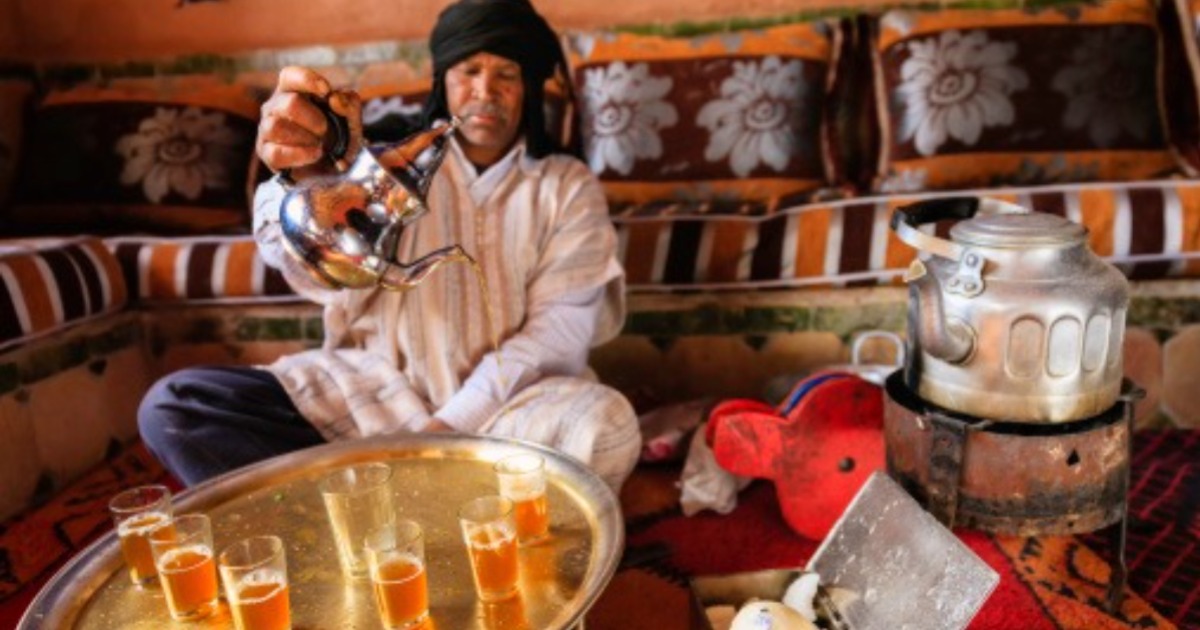
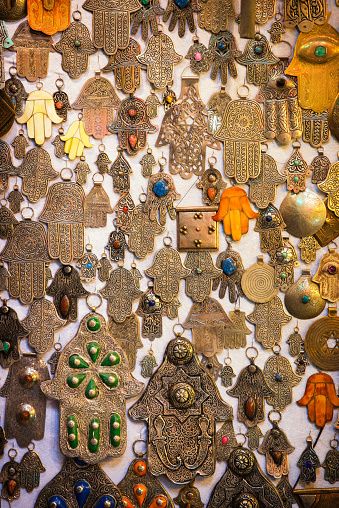
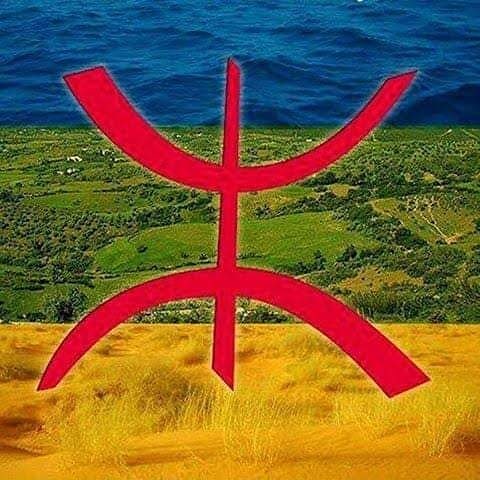
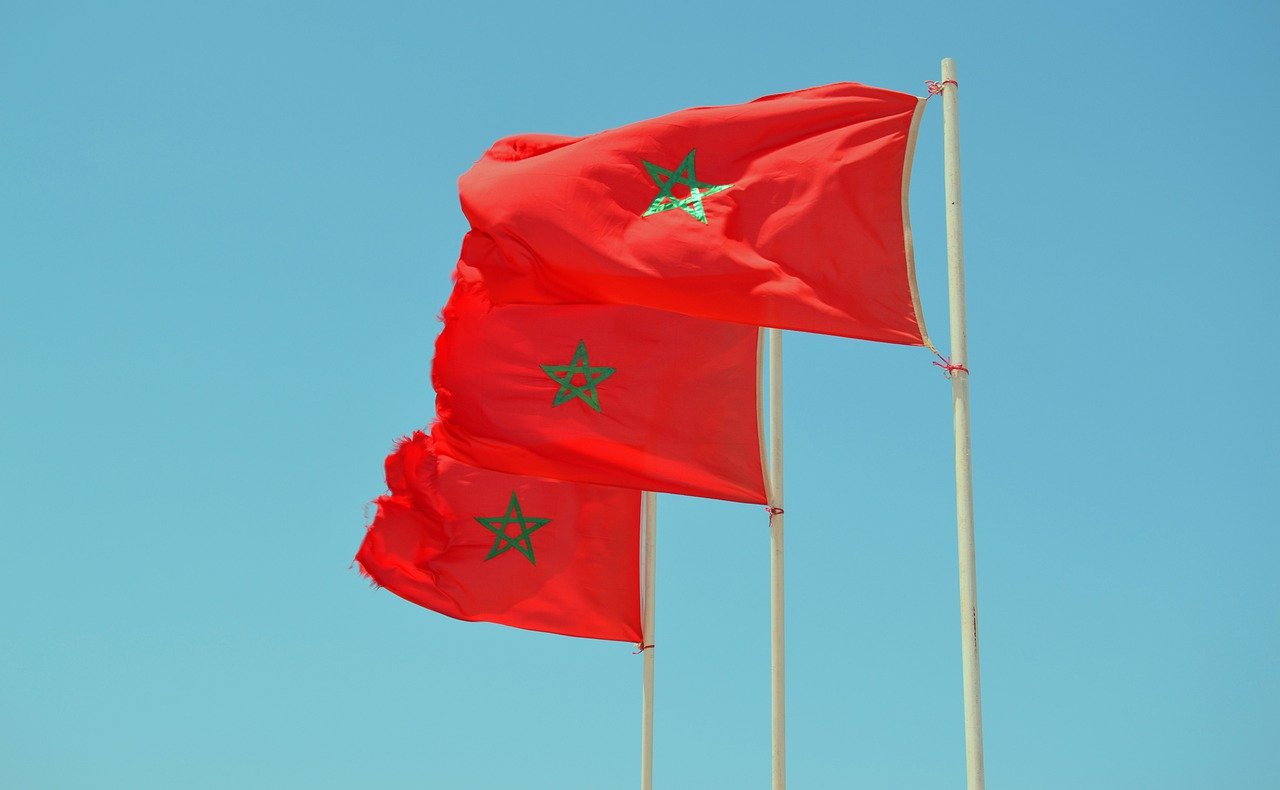
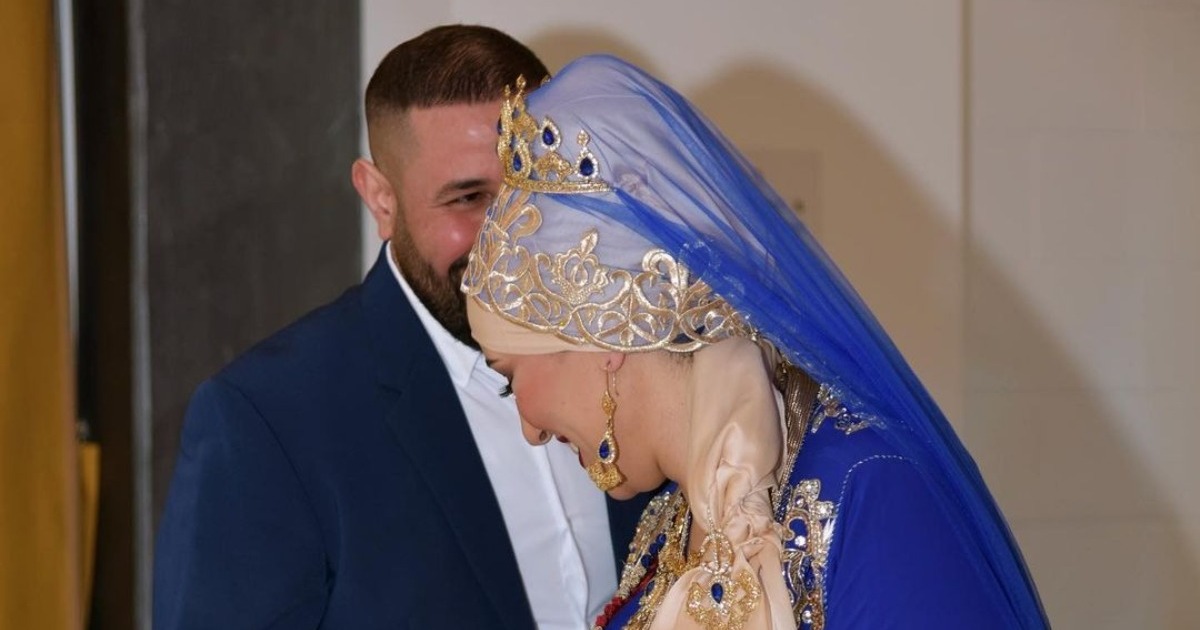
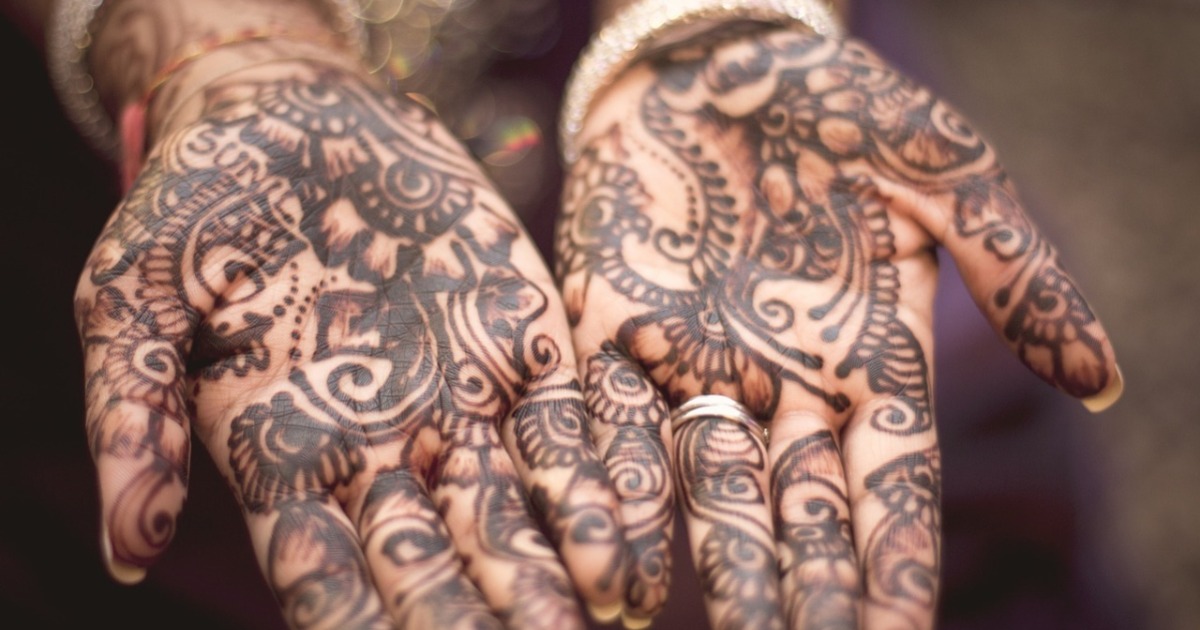
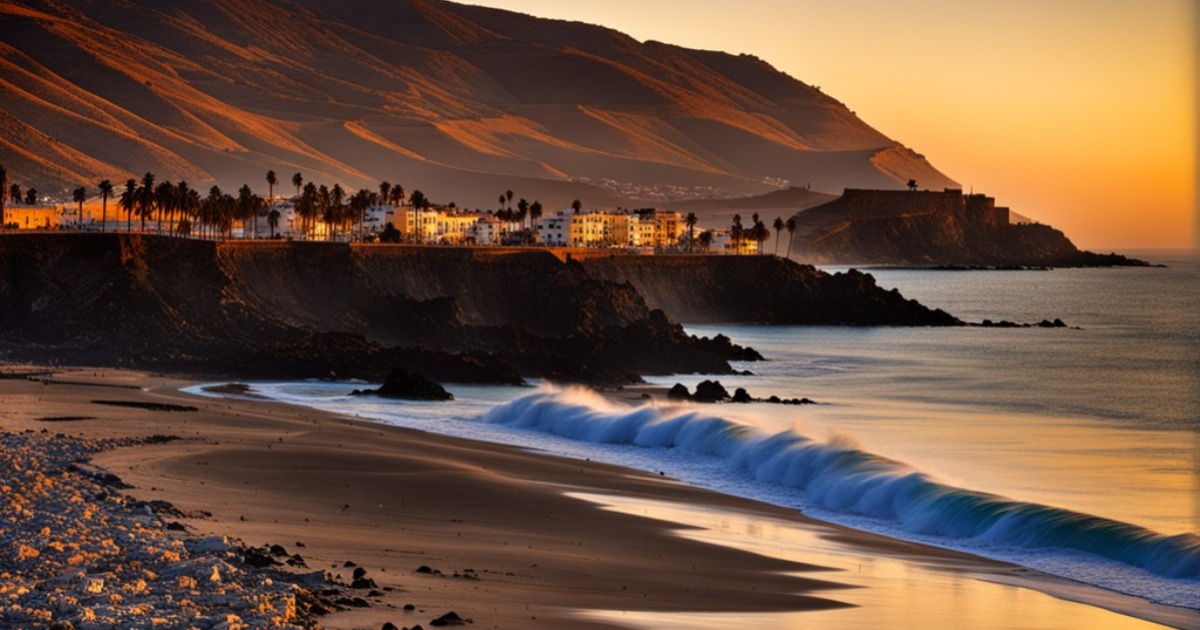
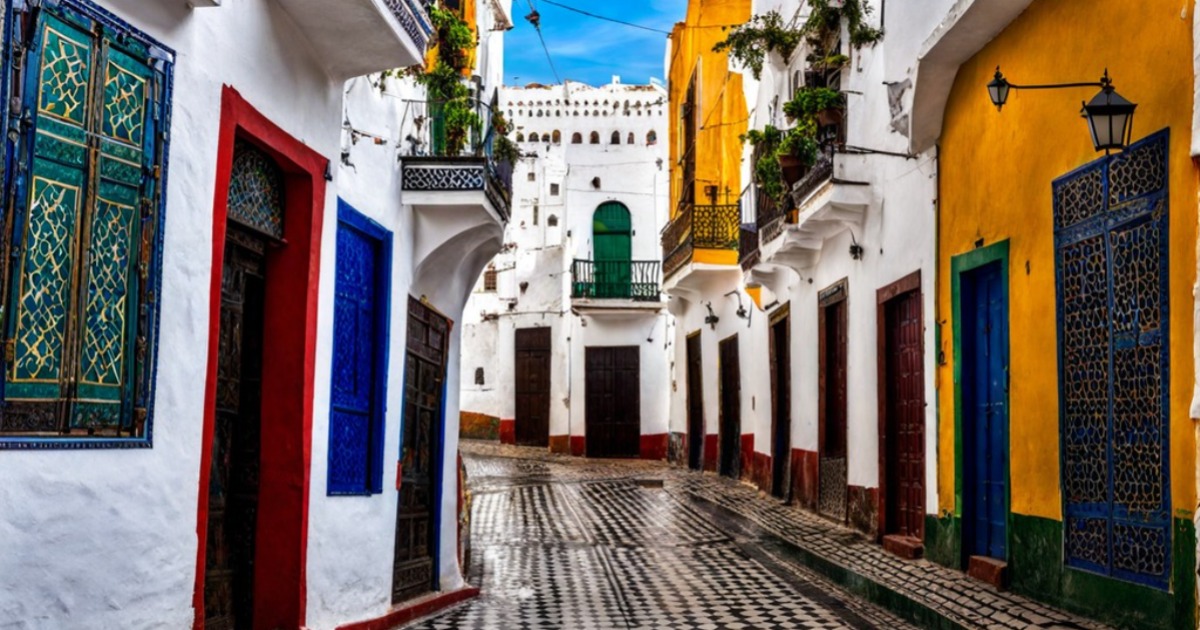
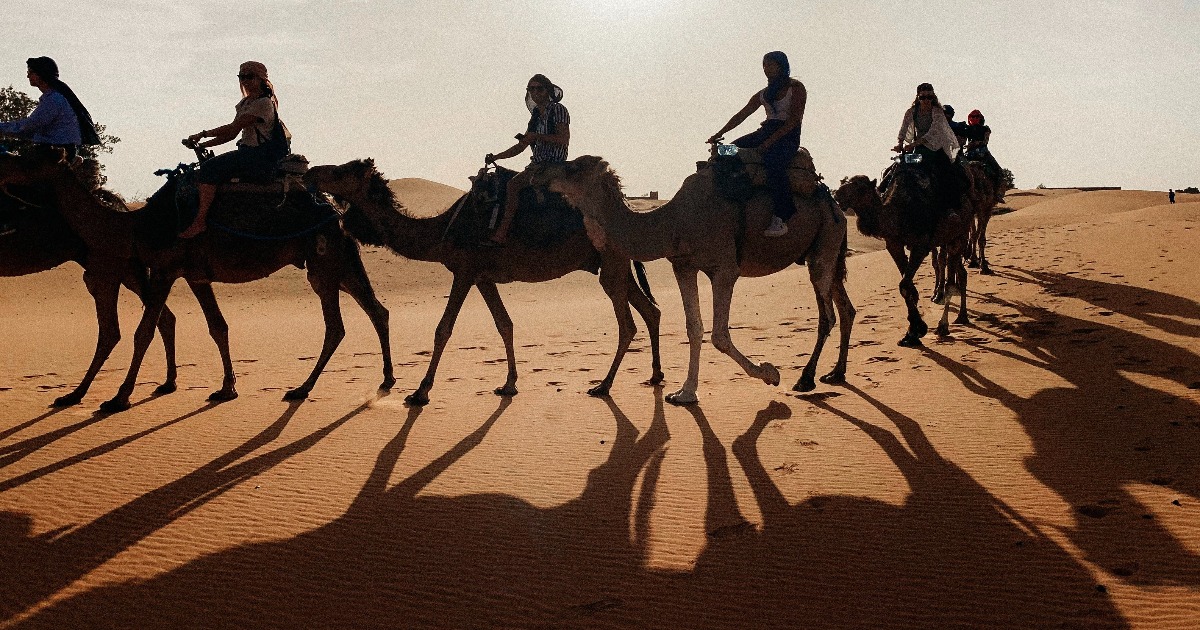
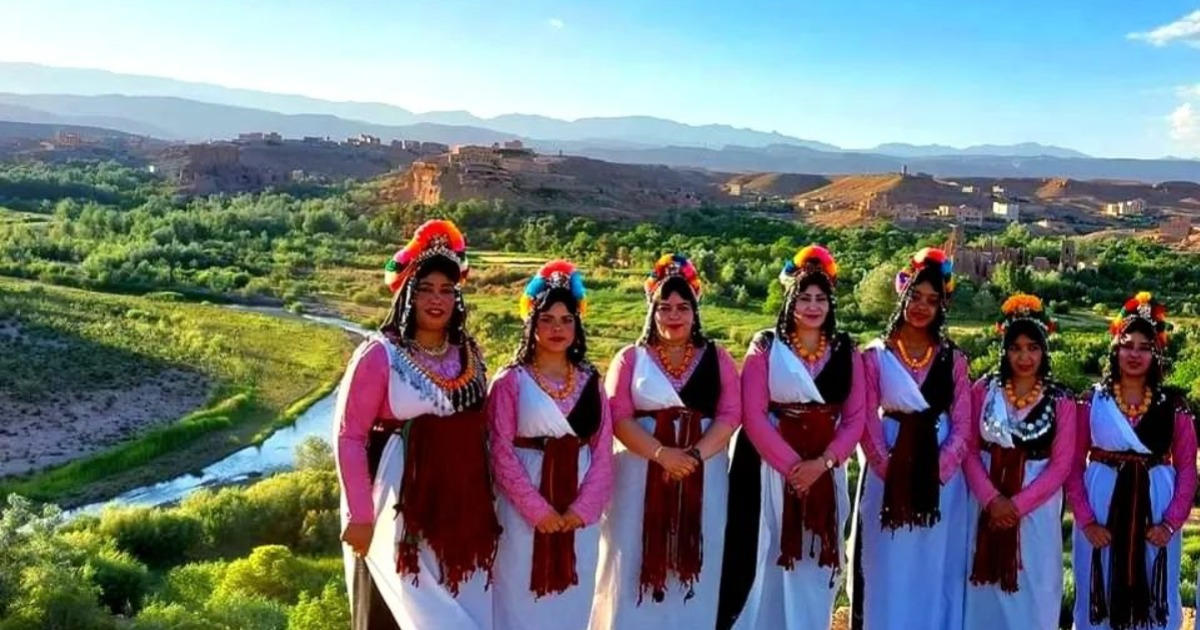
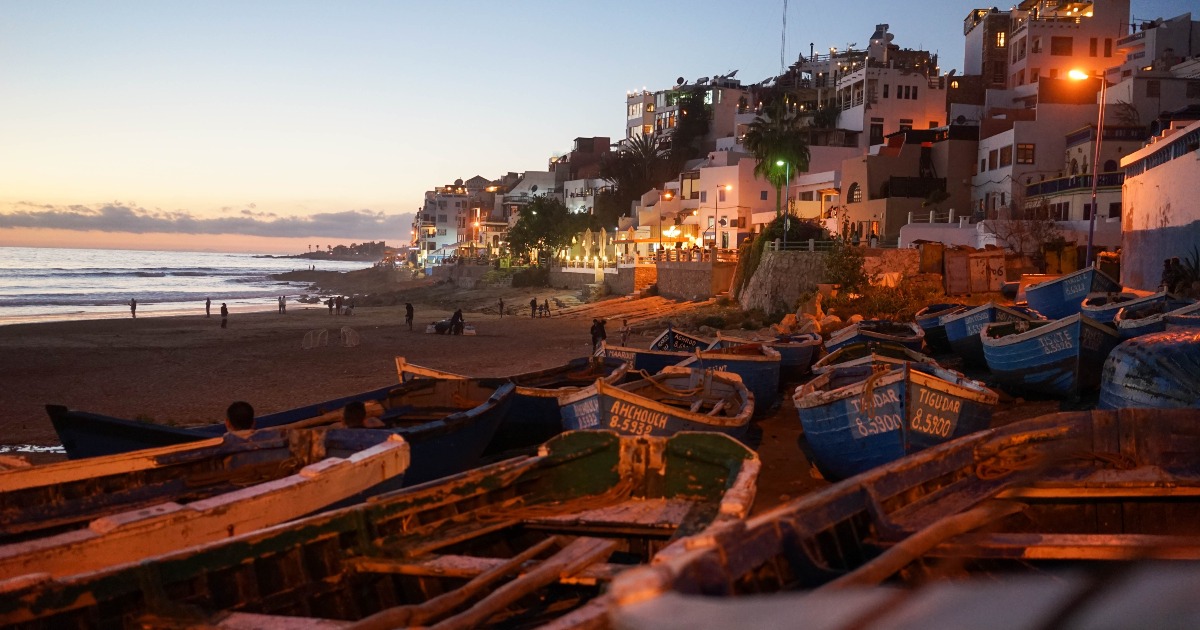
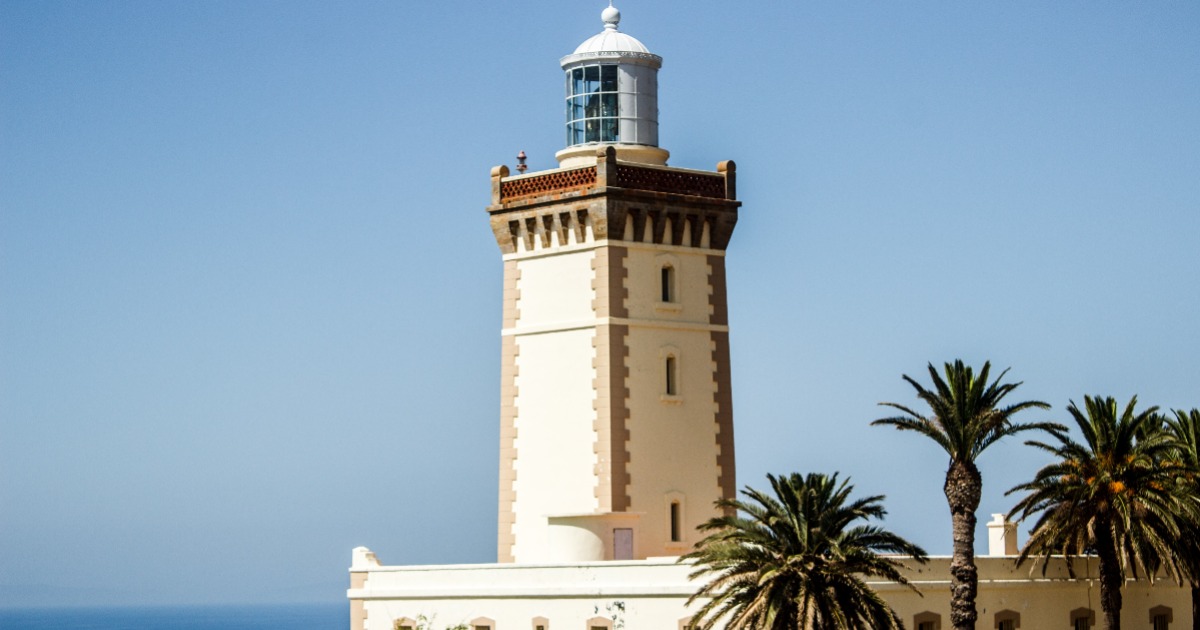
Leave a Reply